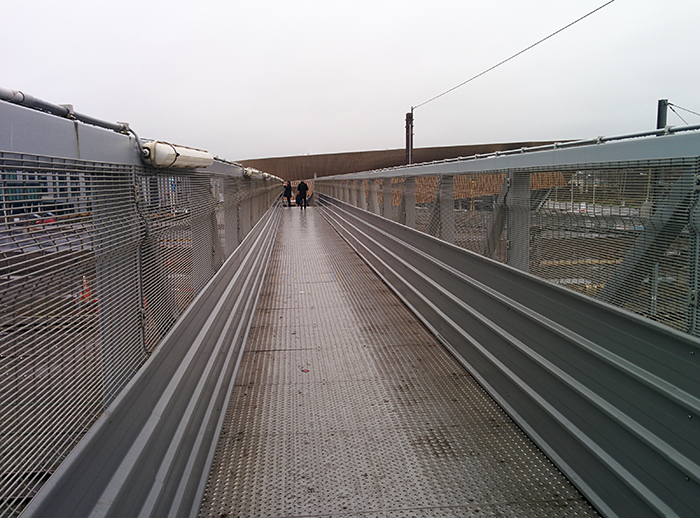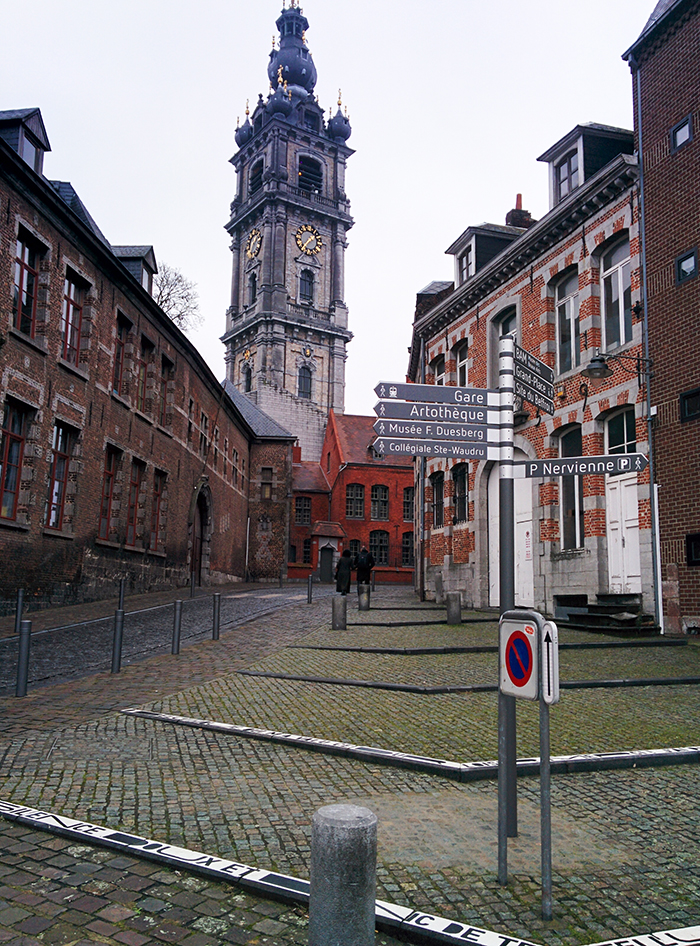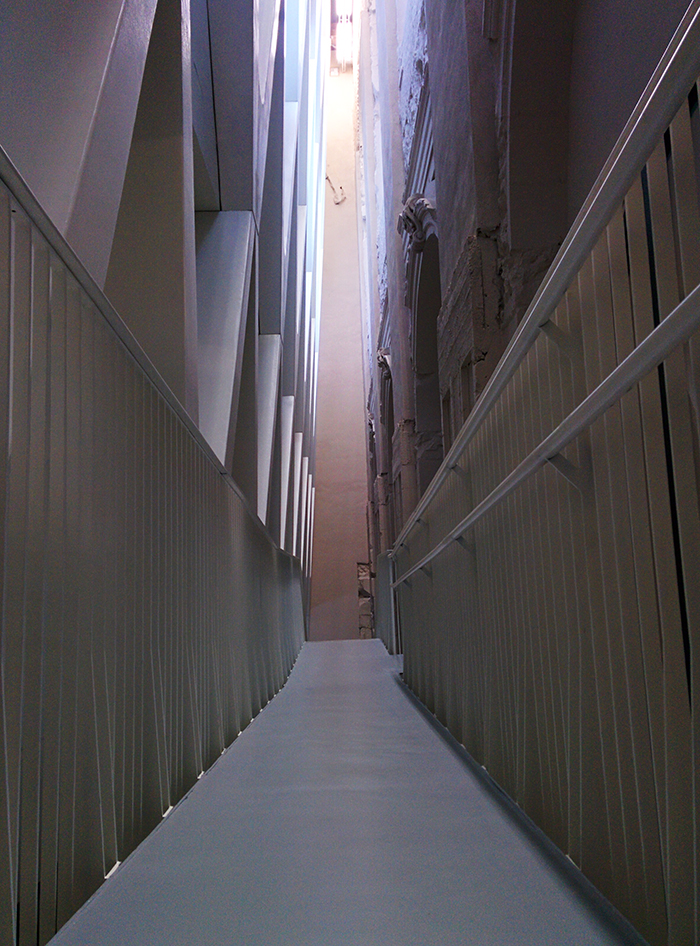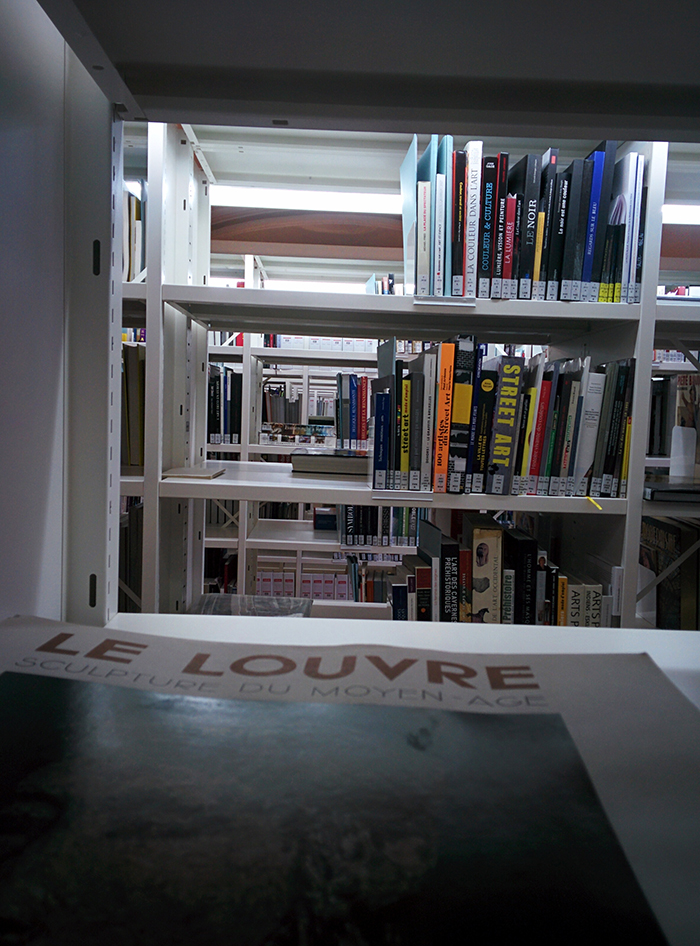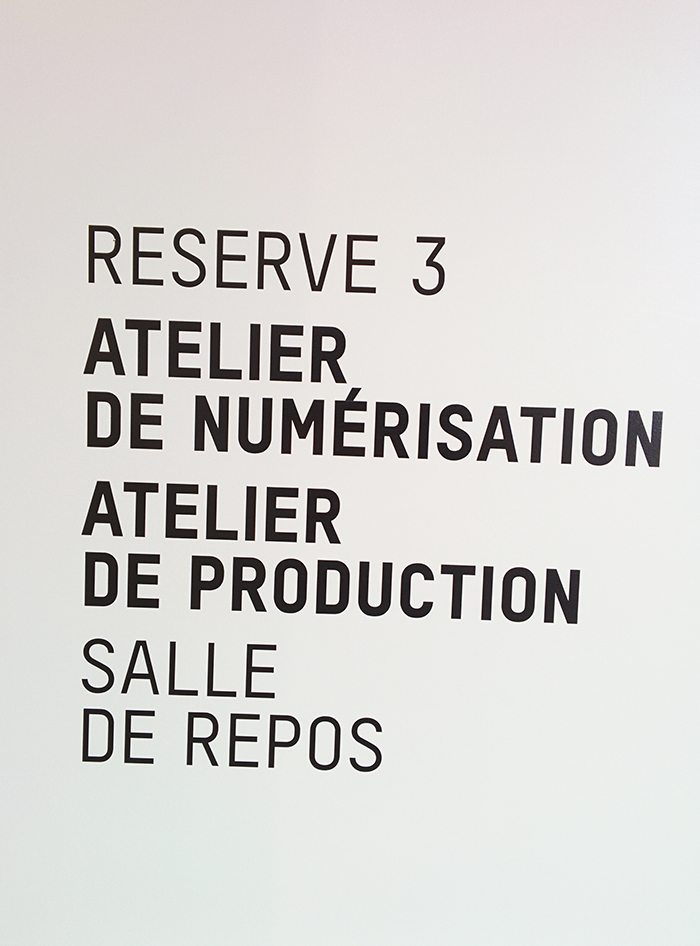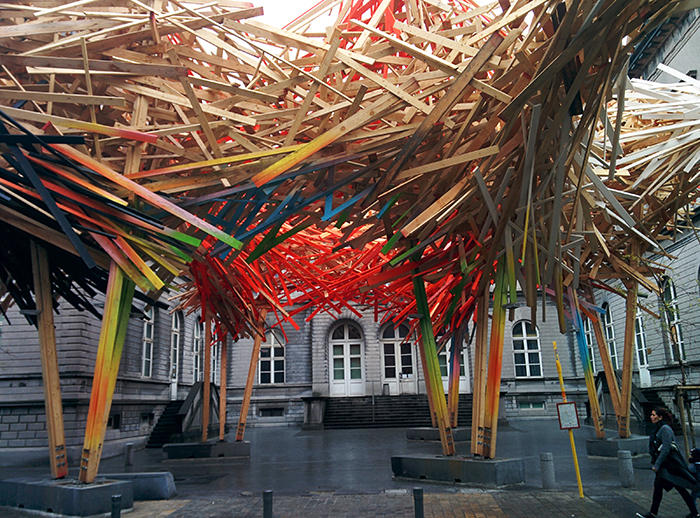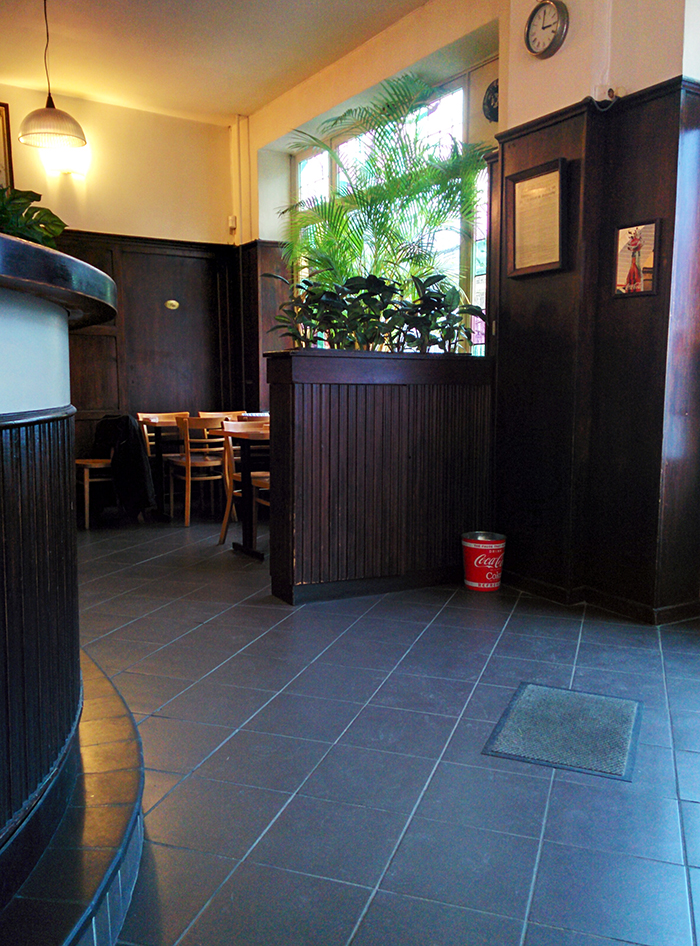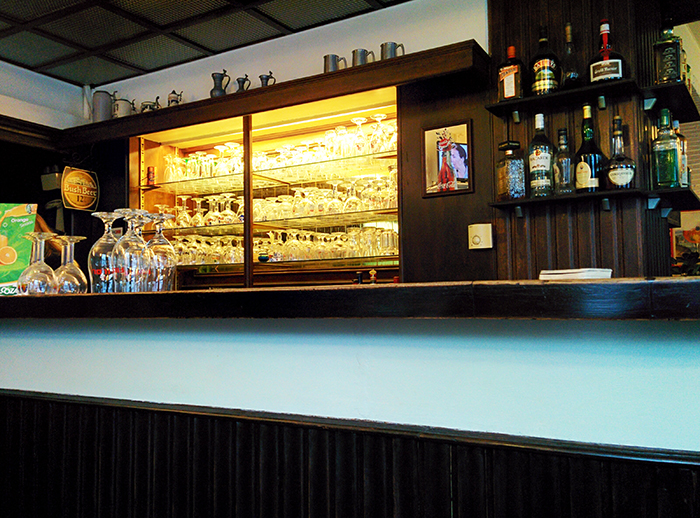Body and Soul

A few days ago my son and I had contact with a Covid19 positive person and were booked a test at a large Hospital, Ospedale San Carlo di Milano.

We were left in a queue for about 4 hours and after being tested we had to wait another two hours for the result, standing outside by 5°Celsius, which is not too bad for the period.
What is most important, thank God we tested negative and could get back home with the happy news.

Before driving back home we decided to visit the Hospital’s Chapel, designed by Giò Ponti in the early Sixties as part of the Complex.

The Chapel is impressive, for its design, dimension, and, in this particular occasion, quiet emptyness.
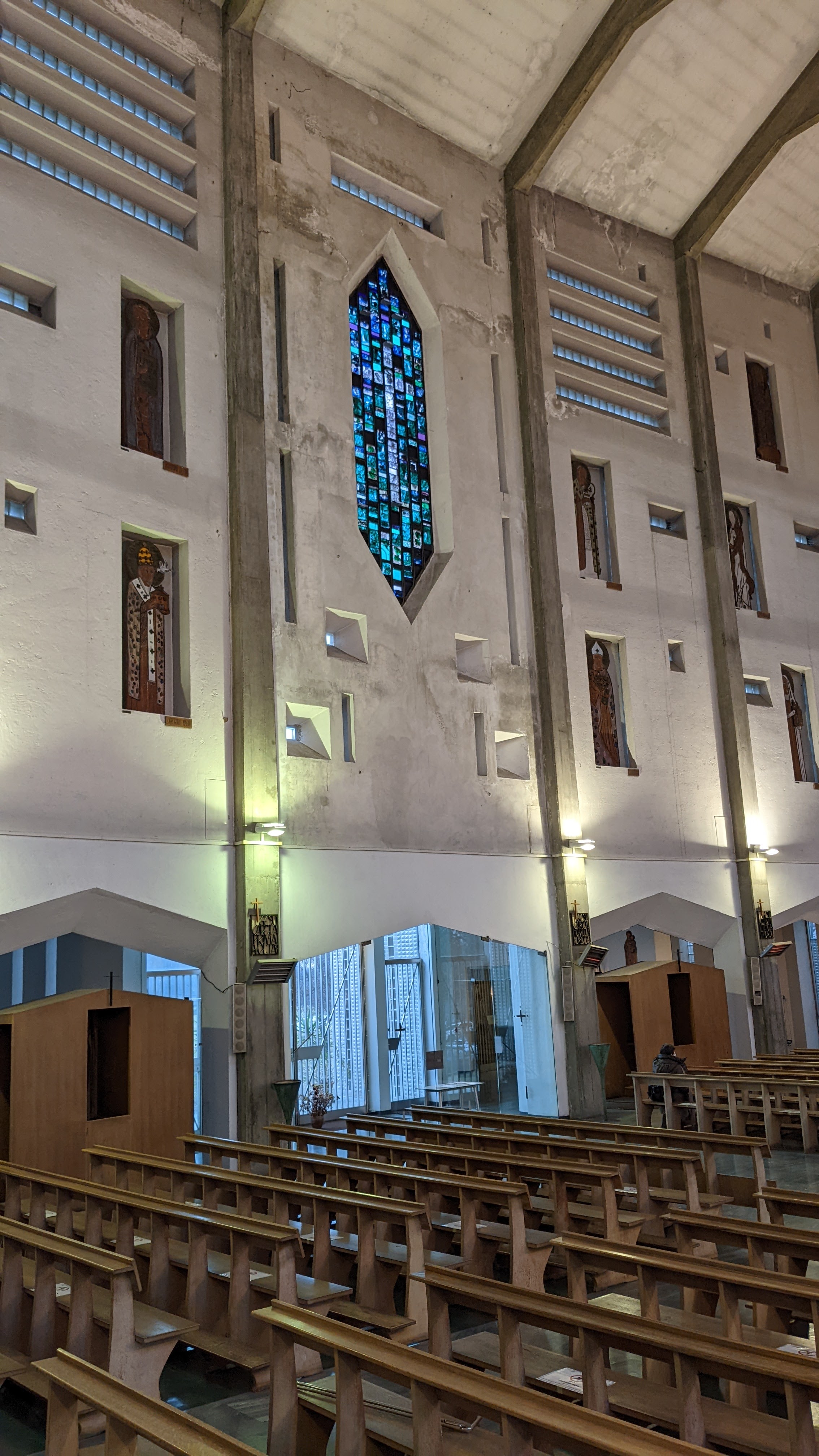
Despite the need for maintenance, the Church is very welcoming, suggesting the Hospital has fewer problems taking care of the souls of its community members, rather than their bodies.
Kolumba
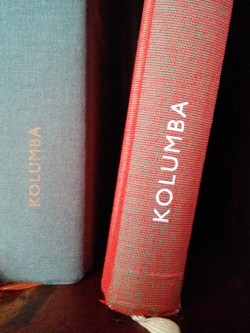
Being in a foreign place I prefer to walk randomly from the city centre towards the residential neighbourhoods at the edge of town, take a tram and discover an abandoned factories, food markets or department stores. I enjoy everyday street life more than the cultural highlights and above all I hate crowded places and queuing up for an entrance or an ice-cream. There are some exceptions to this rule and Kolumba is one of these. I went there after the Orgatec in 2014 and I knew sooner or later I would have posted these pictures. Certainly not because they are nice, sure you can find much better quality photographs on the web. It’s for the pleasure of going through my own architectural and emotional path again and again. I hope it’s enjoyable for you as well.
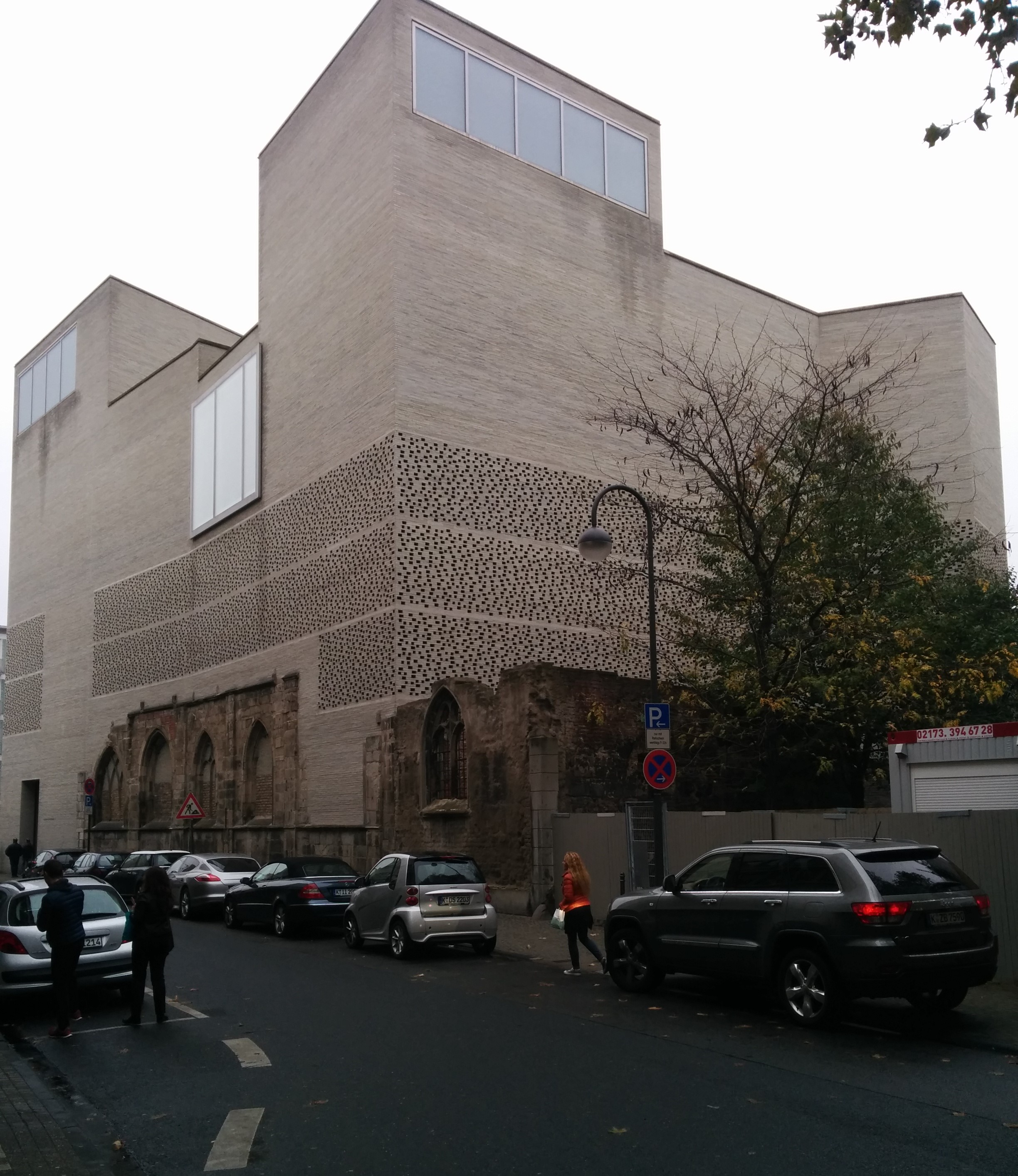

First time I visited this musem was long before it was built: 2002 at Dejan Sudjic Next Architecture Biennale in Venice I saw Peter Zumthor drawings, entered the large scale mock up and read the story of those bricks made out of ashes and clay, prepared to build a museum on top of the ruins of a bombed church, “Madonna in den Trummern”.

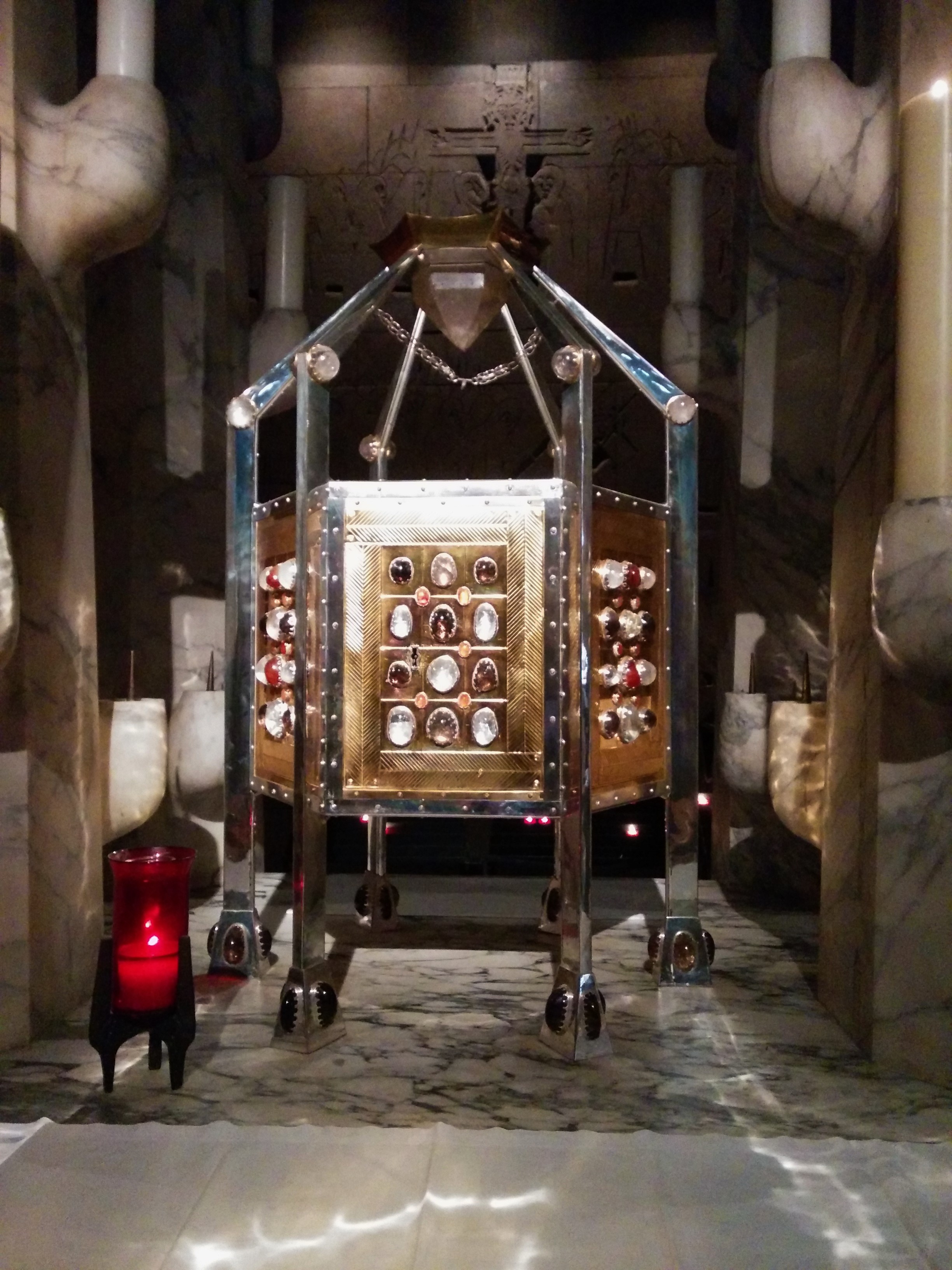
The original middle age Maria church St. Kolumba was damaged through the centuries and destroyed in WWII. Renown Cologne architect Gottfried Böhm (Pritzker Price in 1986) built in the 50es his masterpiece St.Kolumba ‘s church on those ruins, which Peter Zumthor’s design managed to value even more.

The outside of the Octagonal apse is beautifully integrated and displayed in the archeological walk through the tall concrete pillars.
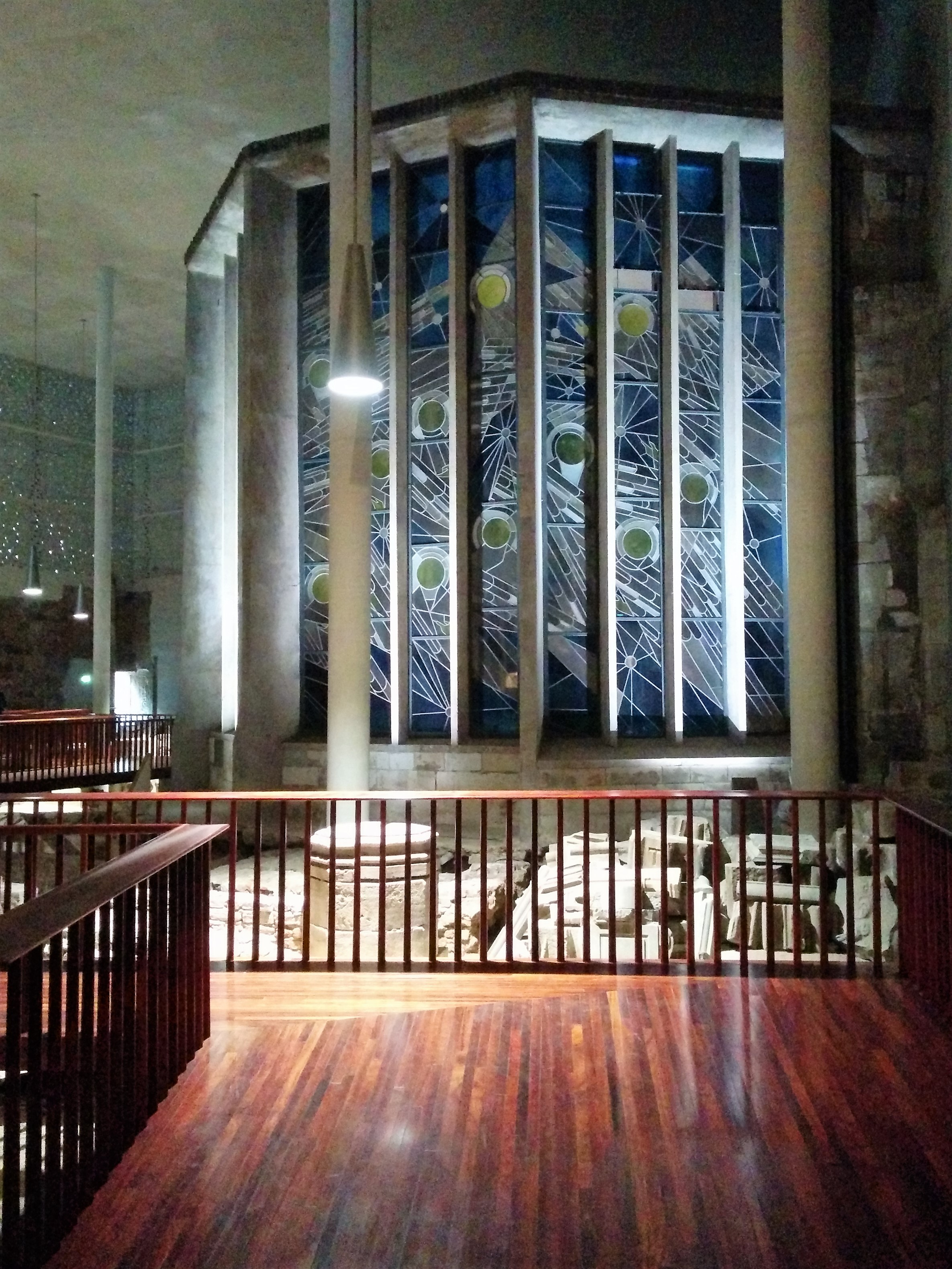
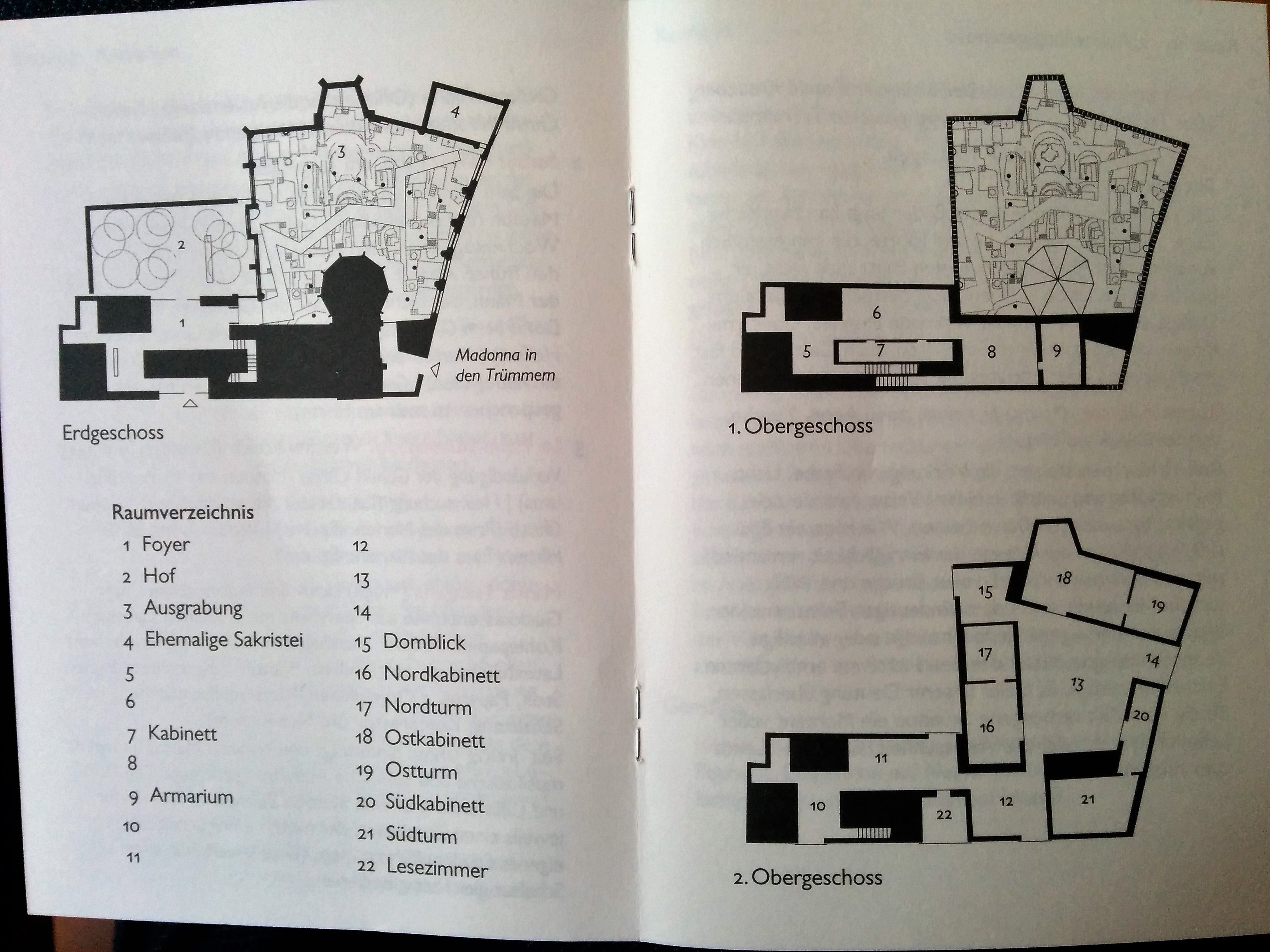
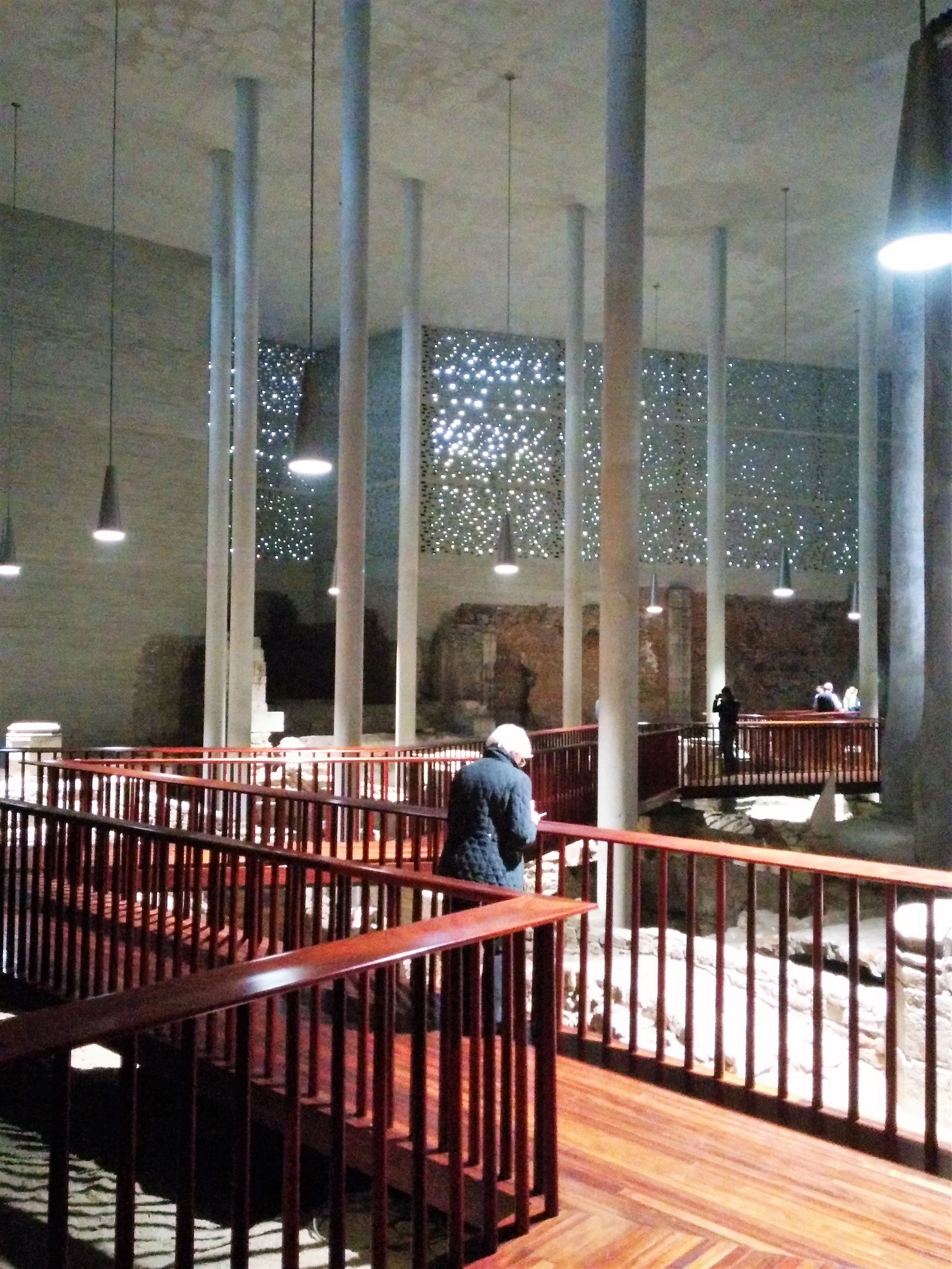


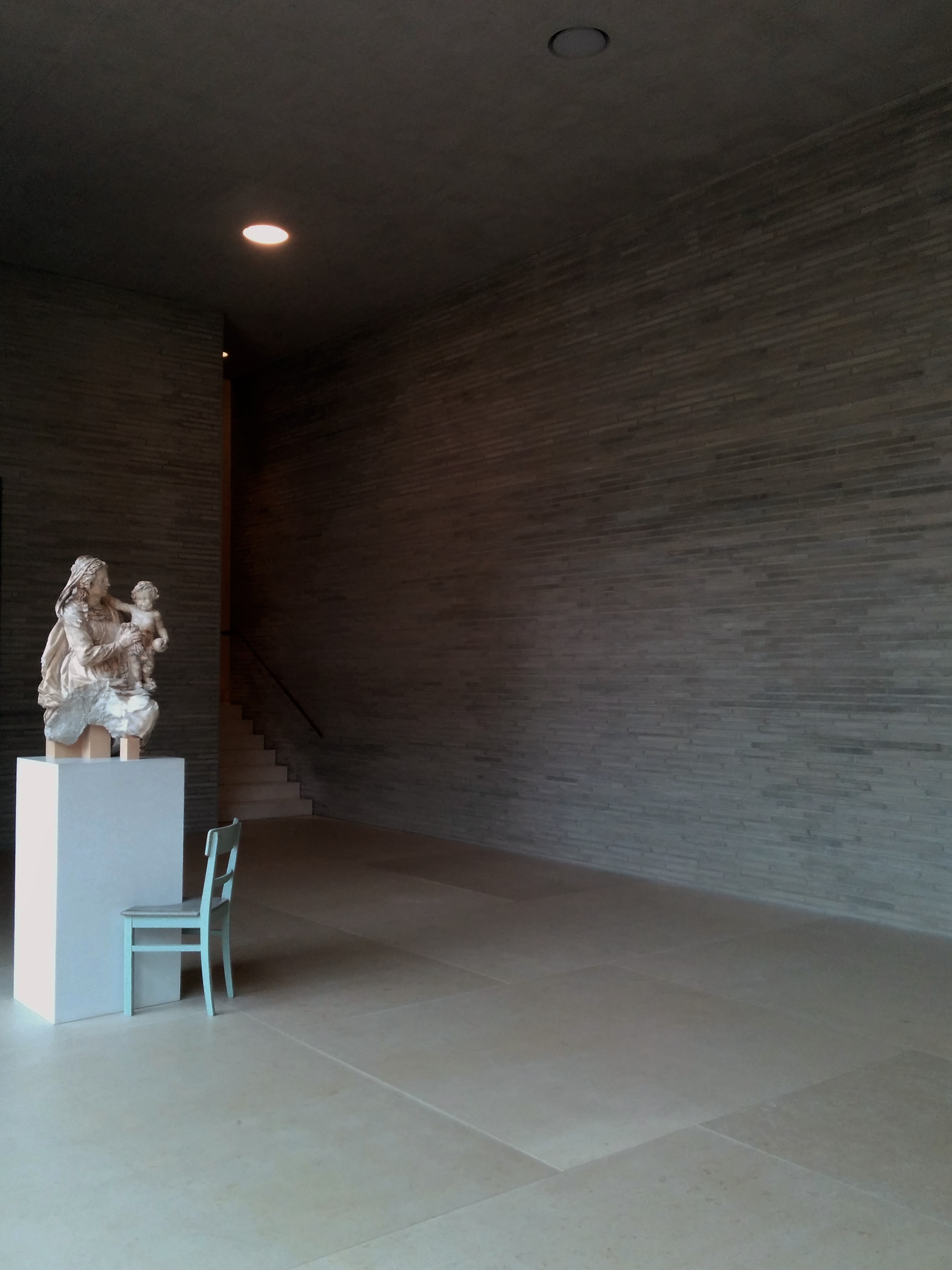 A couple of architectural statements bring the visitor in another world, away from the middle age Madonna, the ruins and light coming from the outside. It’s time to concentrate and start this ascending path.
A couple of architectural statements bring the visitor in another world, away from the middle age Madonna, the ruins and light coming from the outside. It’s time to concentrate and start this ascending path. 


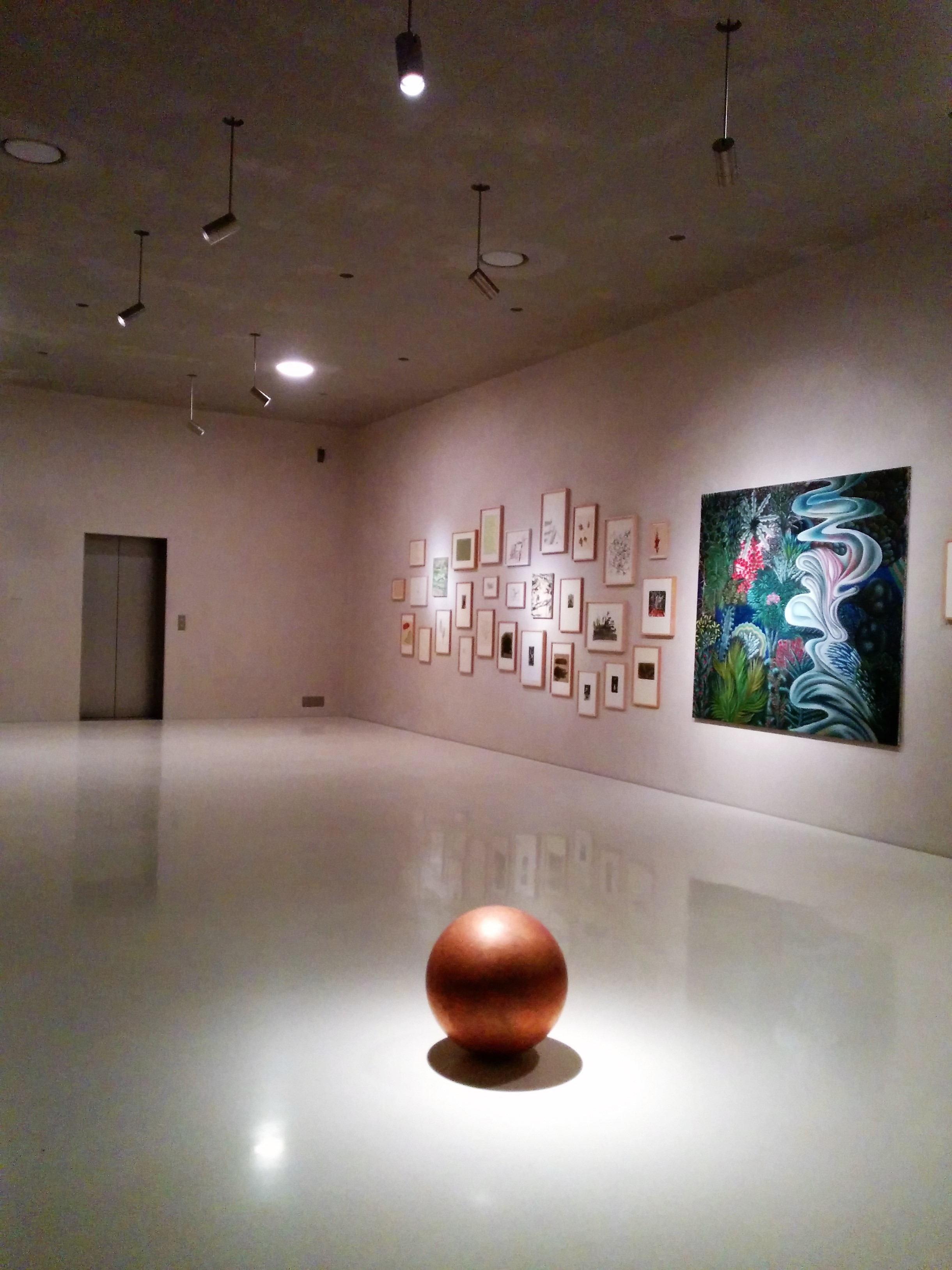
 Curators seem not to have any issue with the spirituality of the place, the historical weight and radical architecture. They mix contemporary installations, old masters and sacred ornaments in a stimulating and refreshing way, exactly the opposite of what every average museum has to offer.
Curators seem not to have any issue with the spirituality of the place, the historical weight and radical architecture. They mix contemporary installations, old masters and sacred ornaments in a stimulating and refreshing way, exactly the opposite of what every average museum has to offer. 





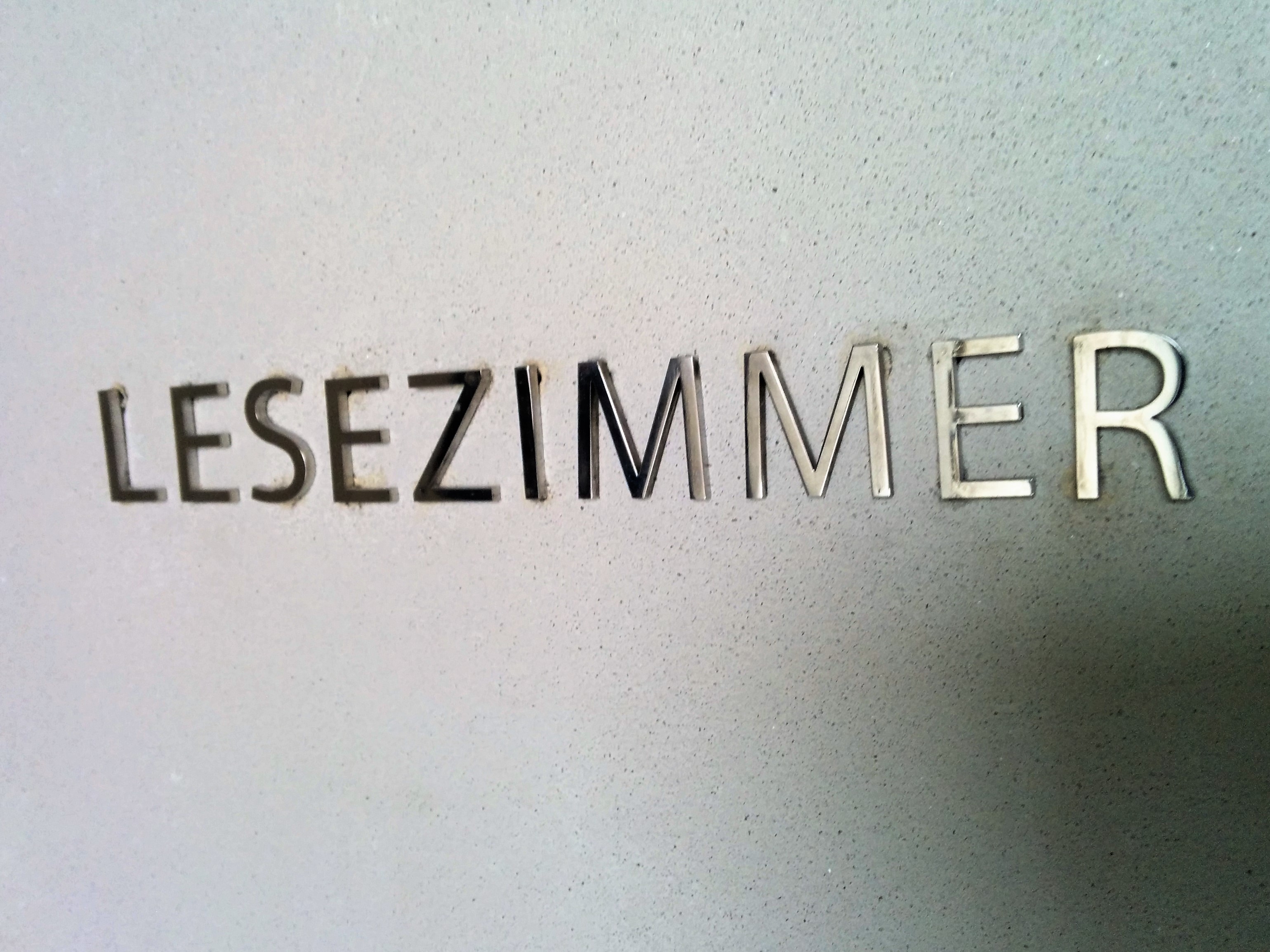
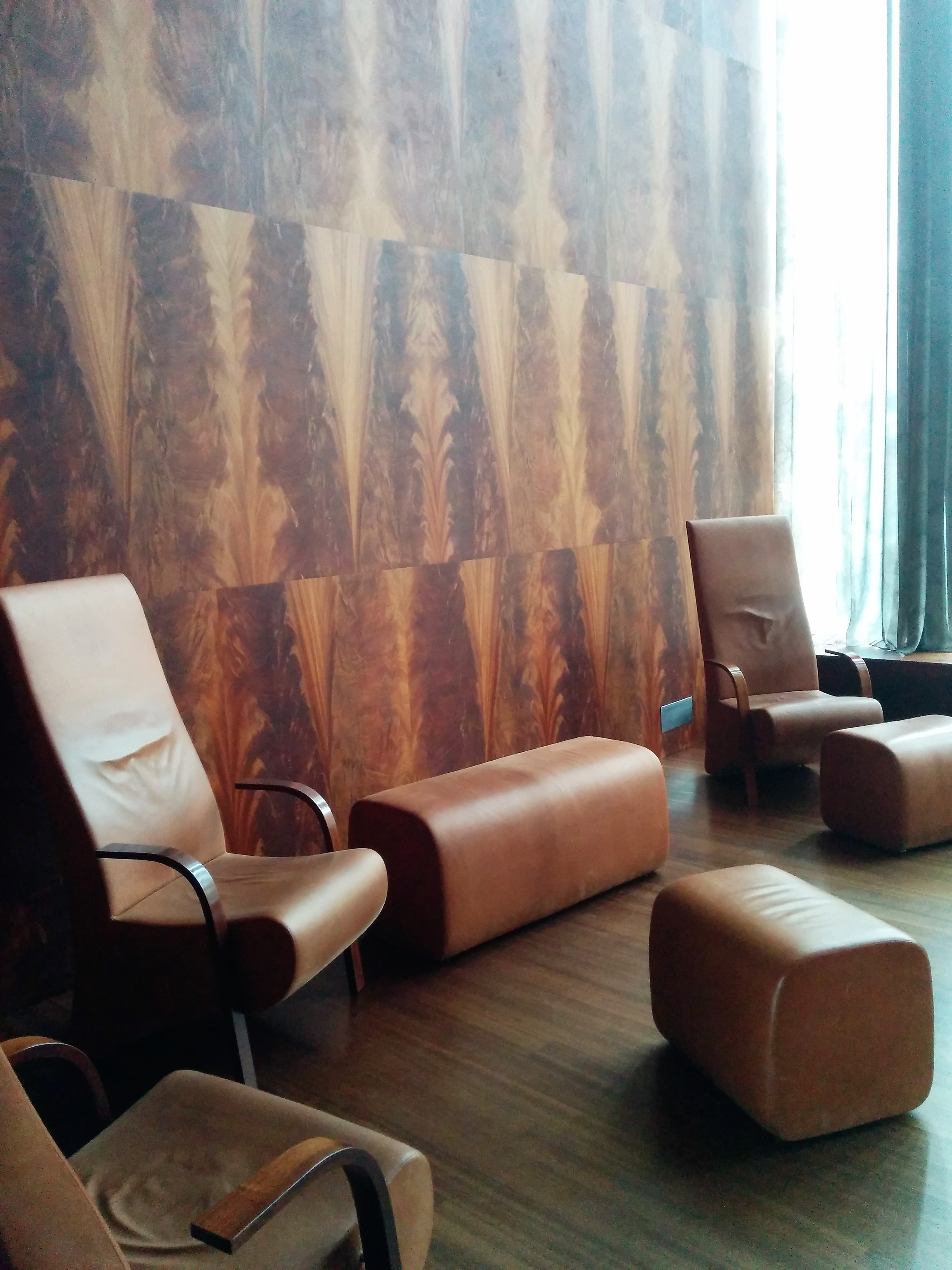


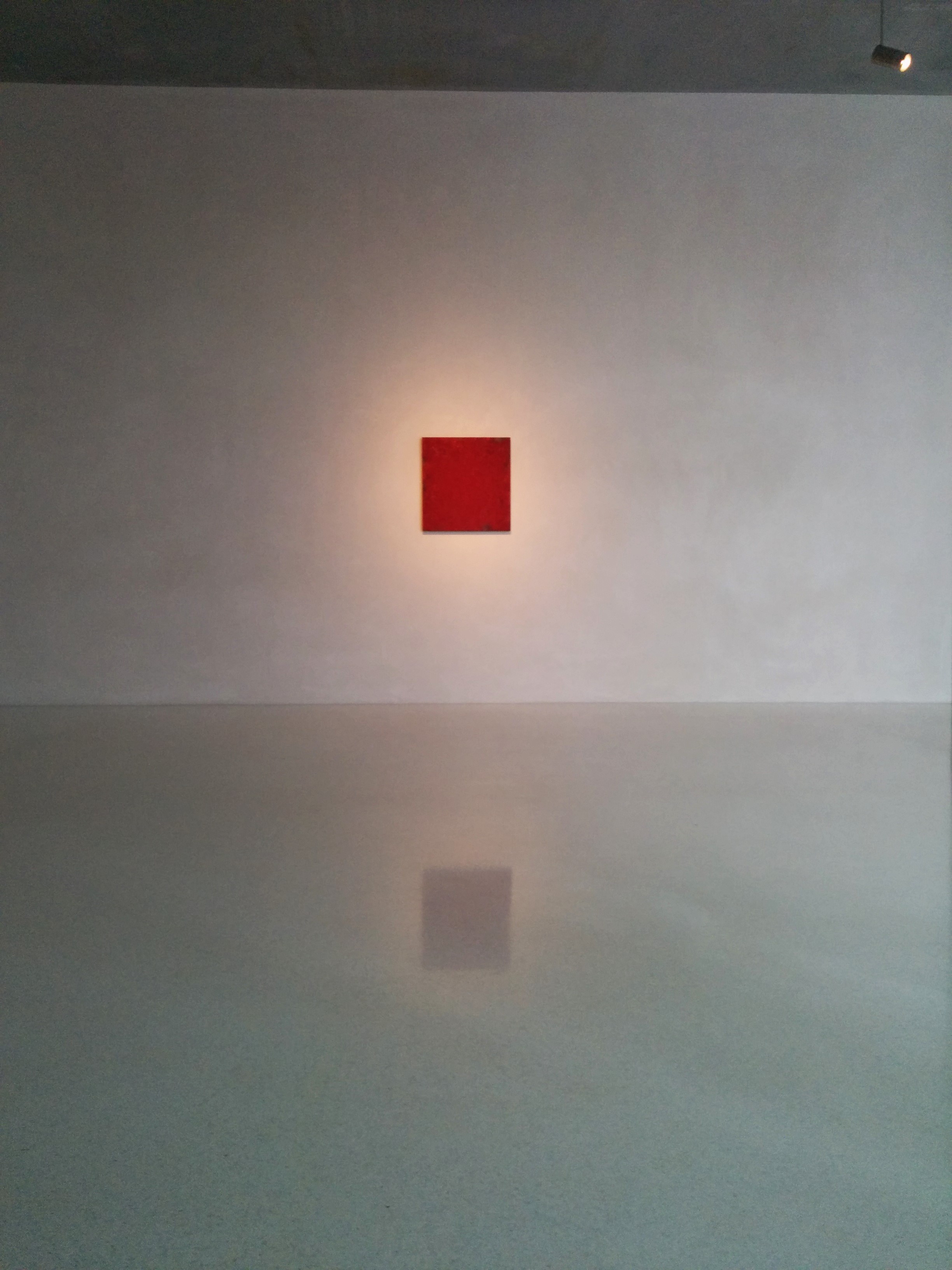


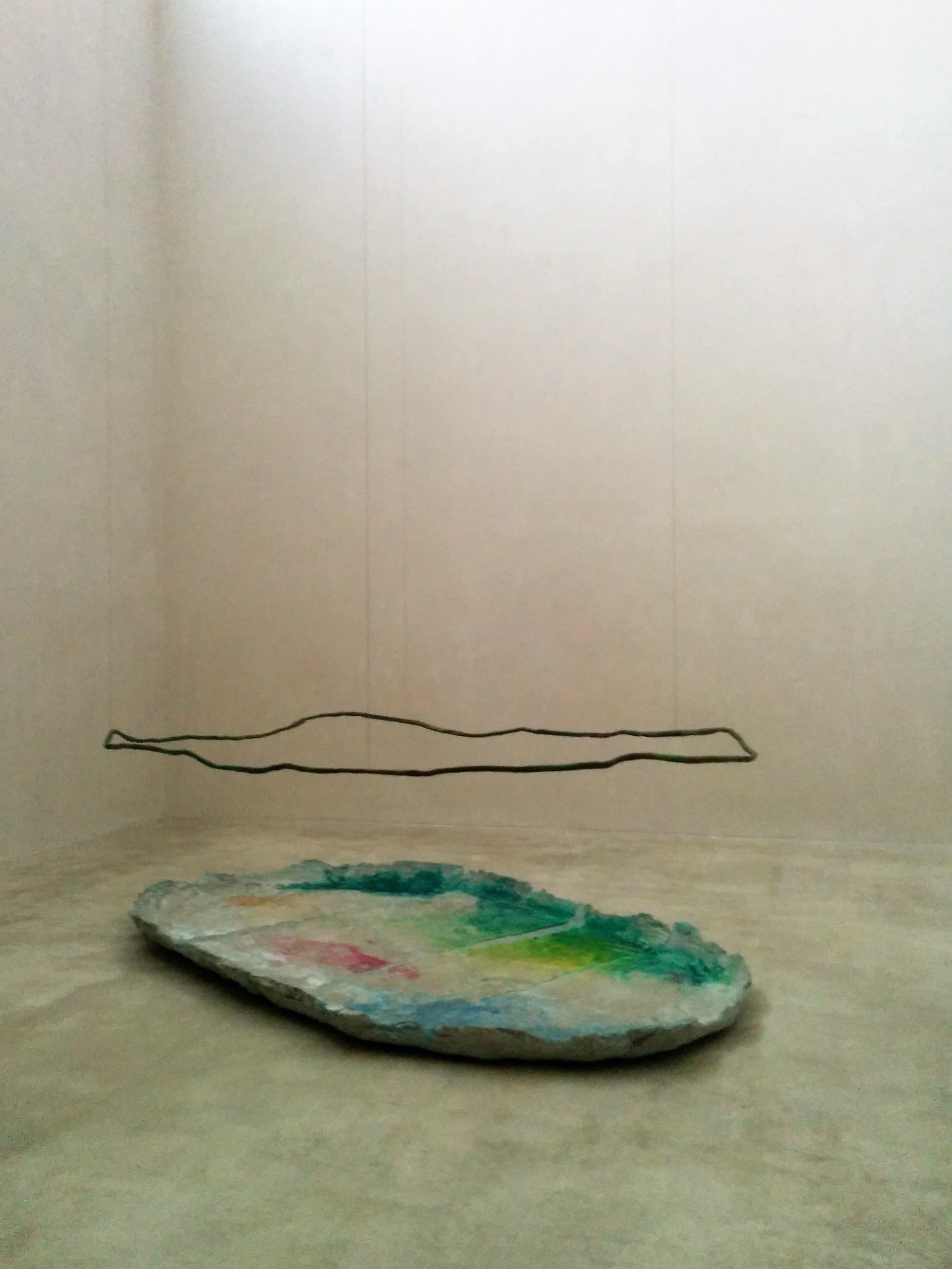

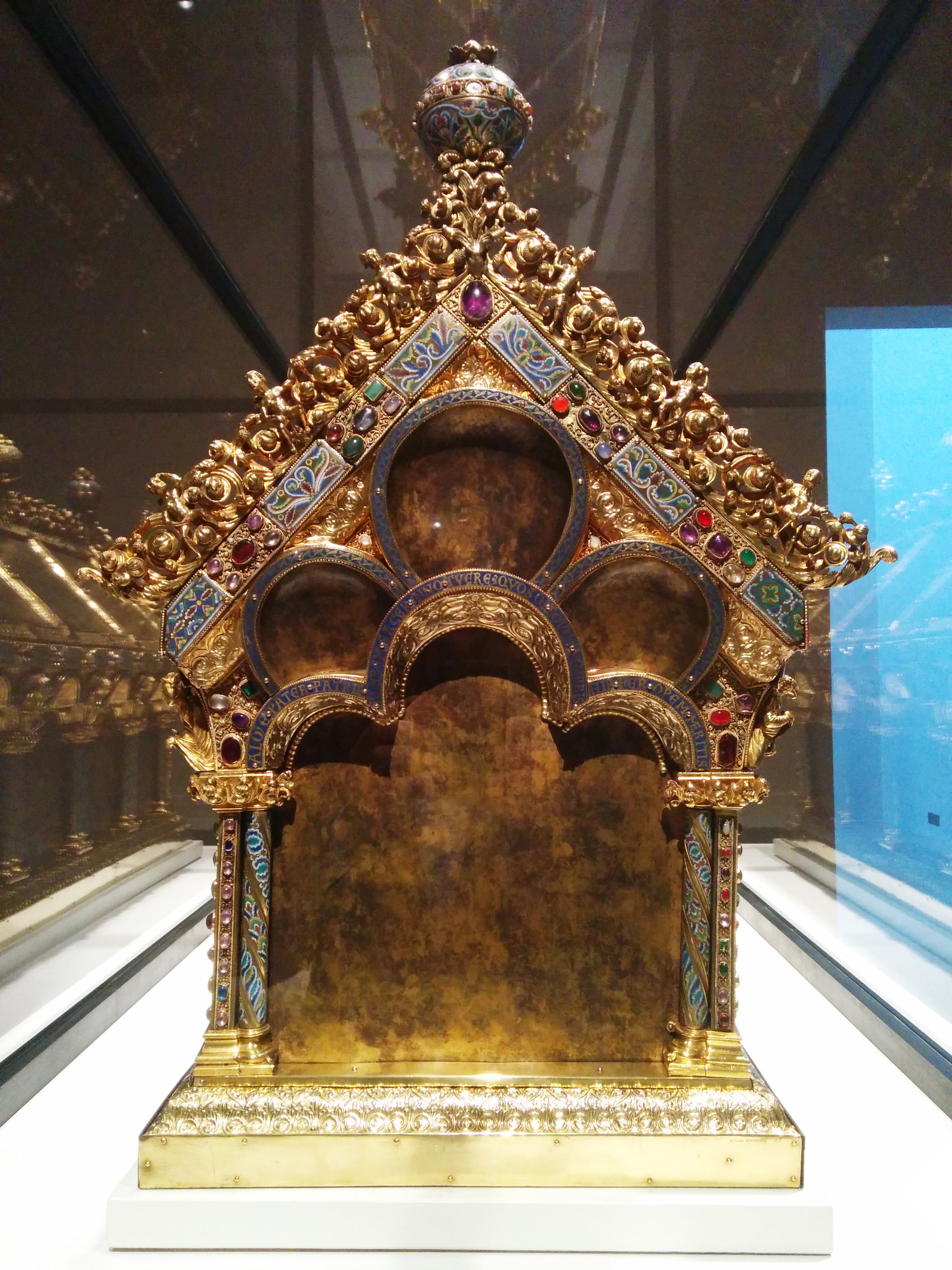


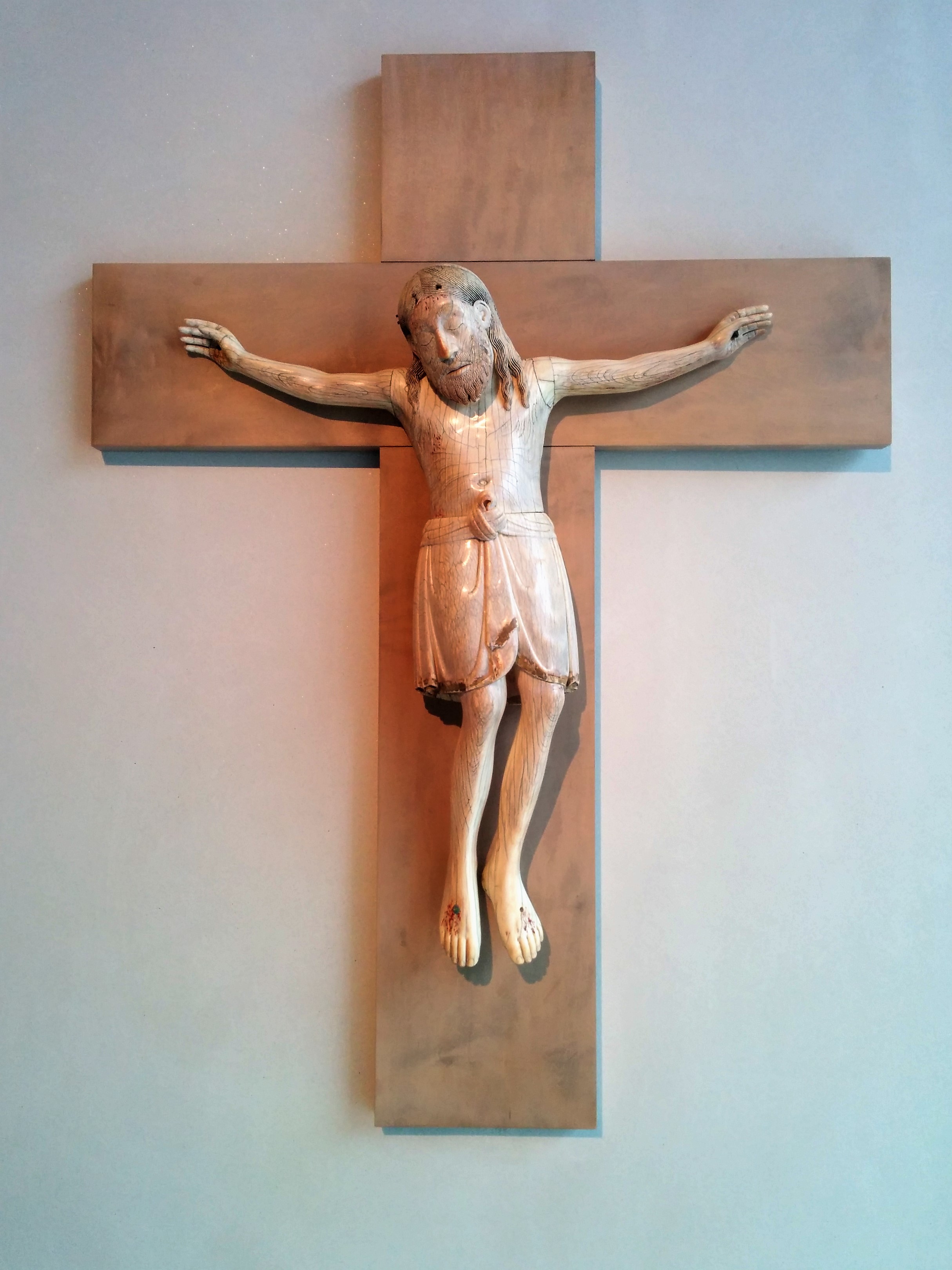




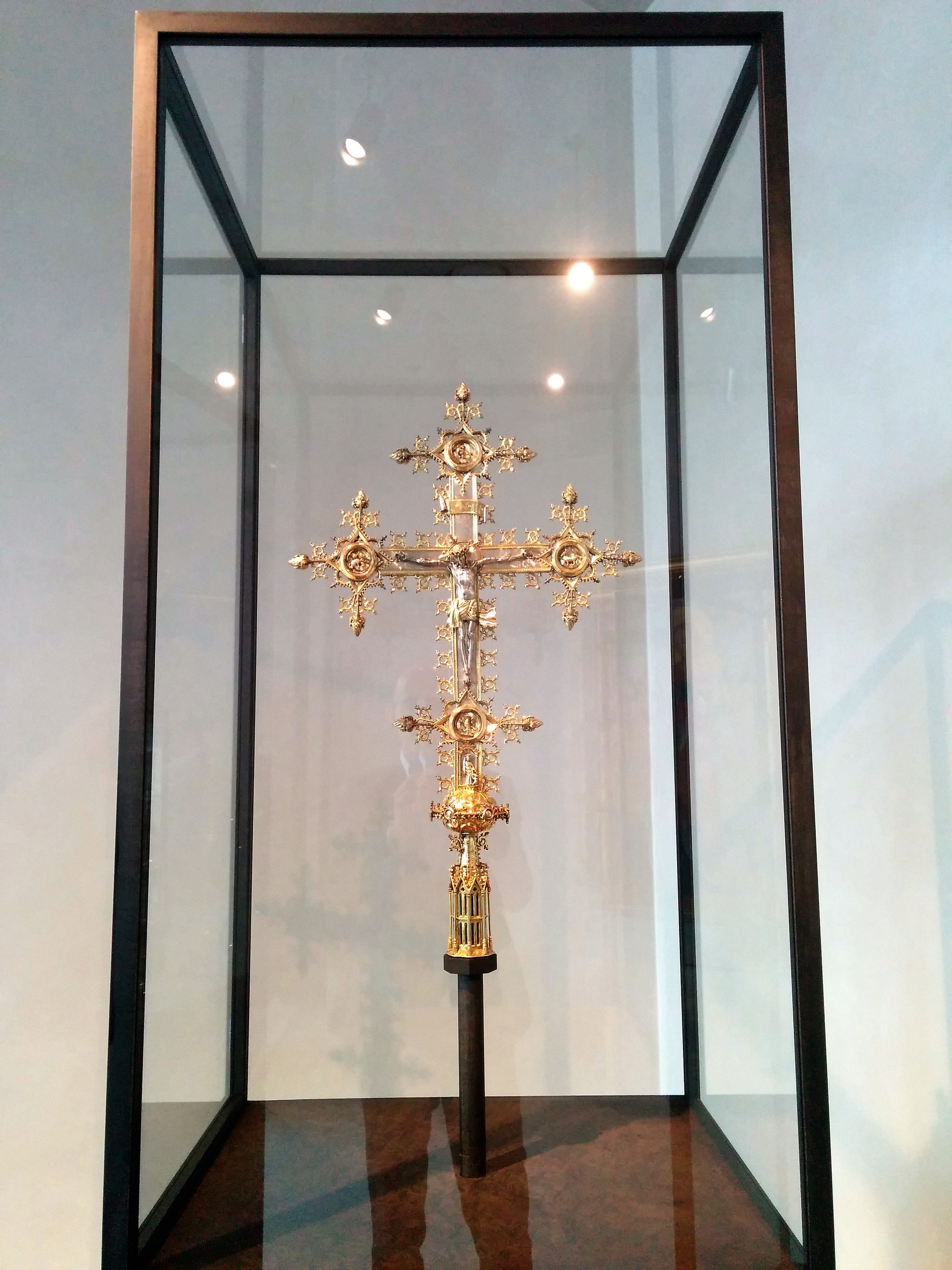
At the top of the exhibition path the most precious exhibits in dialogue with the Cathedral 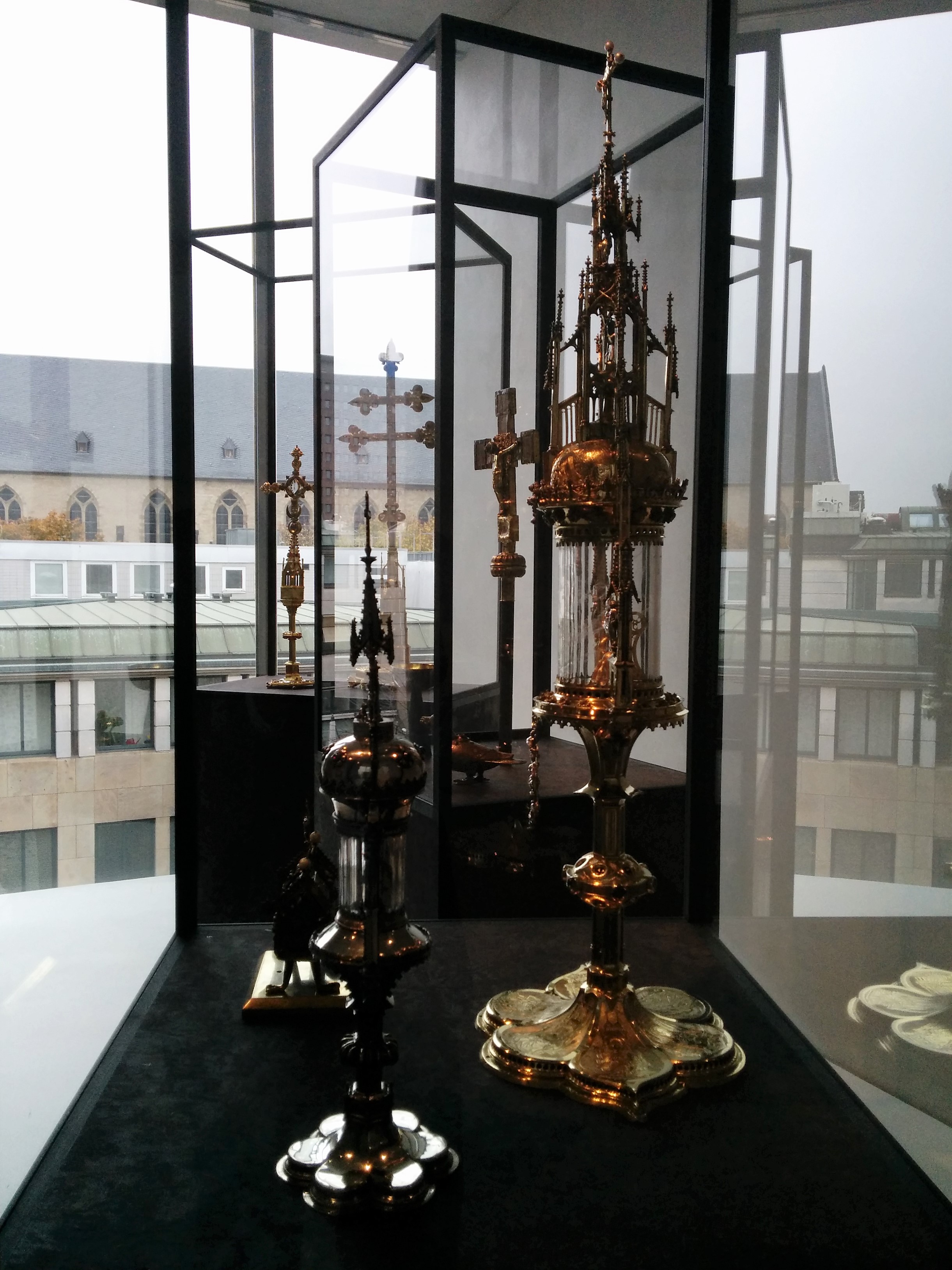

Fondazione Prada /Milano #2

The Fondazione is not exactly where you would imagine to find it, between Via Montenapoleone and Via della Spiga. The original place of the Fondazione in Via Fogazzaro 36 hosted a row of outstanding exhibitions between 1993 and 2015, including artists such as Steve McQueen, Anish Kapoor, Marc Quinn and Carsten Höller. An unavoidable point of reference for the Milan’s cultural life.
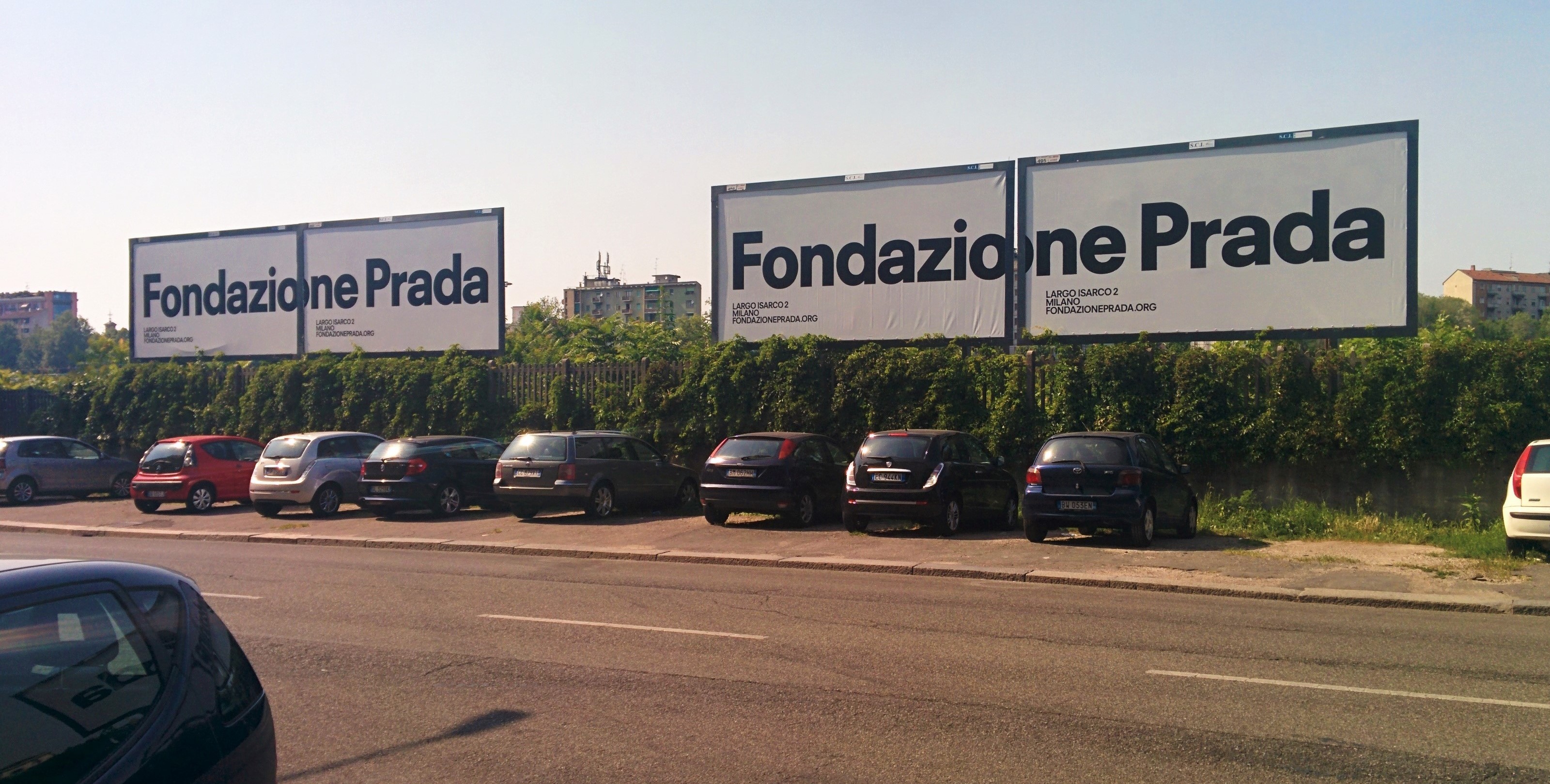
Viale Isarco finds itself in a rather deserted and disconnected area, with the only advantage that you can easily park around. That is probably why the opening of the new Fondazione Prada was accompanied by a widespread and long-lasting media campaigne, supporting the striking calendar of exhibitions and events. I would be interested to know if that managed to balance the location’s gap. 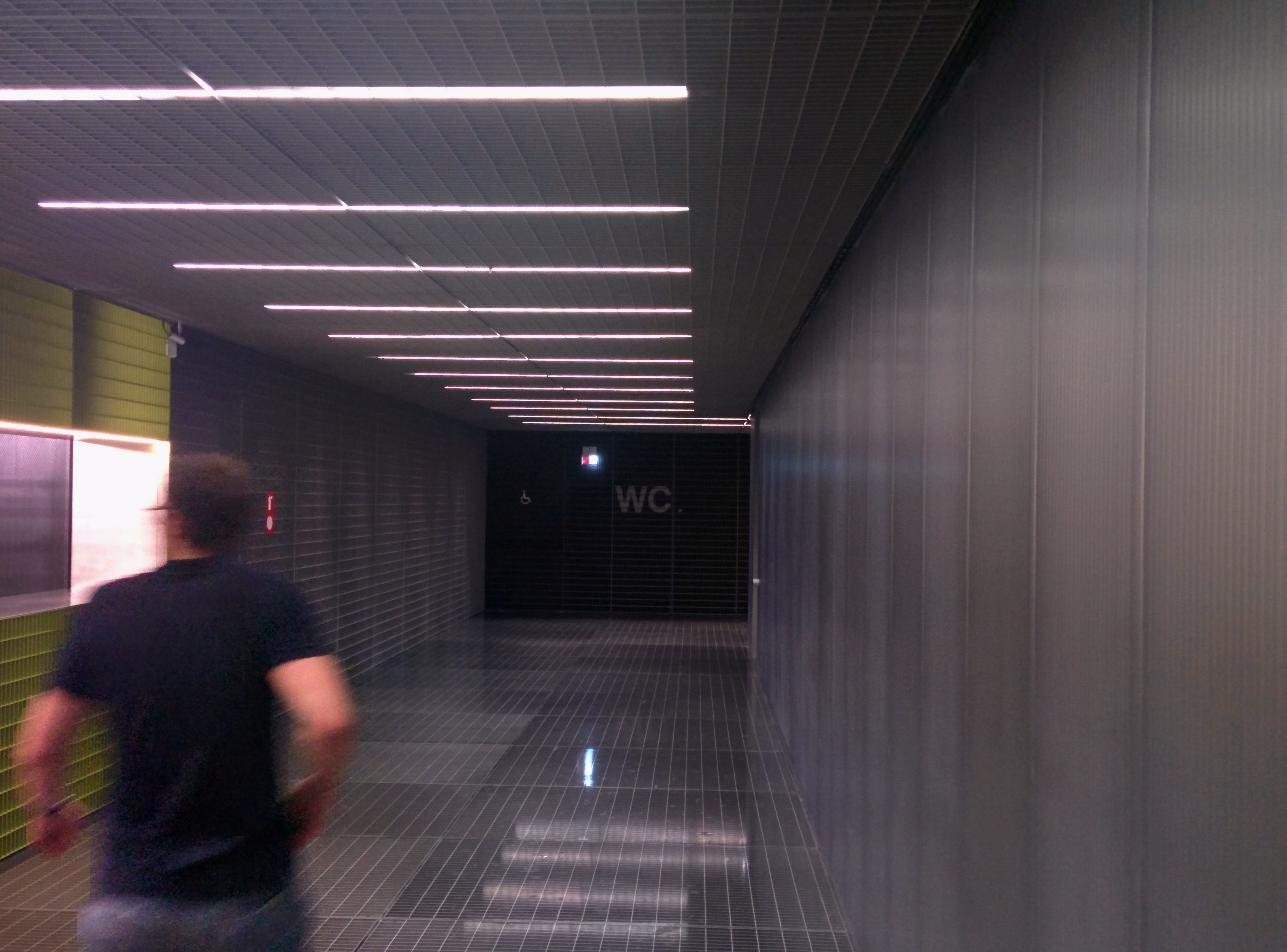 Straight from the wardrobe and toilets you see this no place of architectural compromise.
Straight from the wardrobe and toilets you see this no place of architectural compromise. 
 Waiting for the guide to take us inside the complex I took a couple of pictures in a kind of Jeff Wall atmosphere.
Waiting for the guide to take us inside the complex I took a couple of pictures in a kind of Jeff Wall atmosphere. 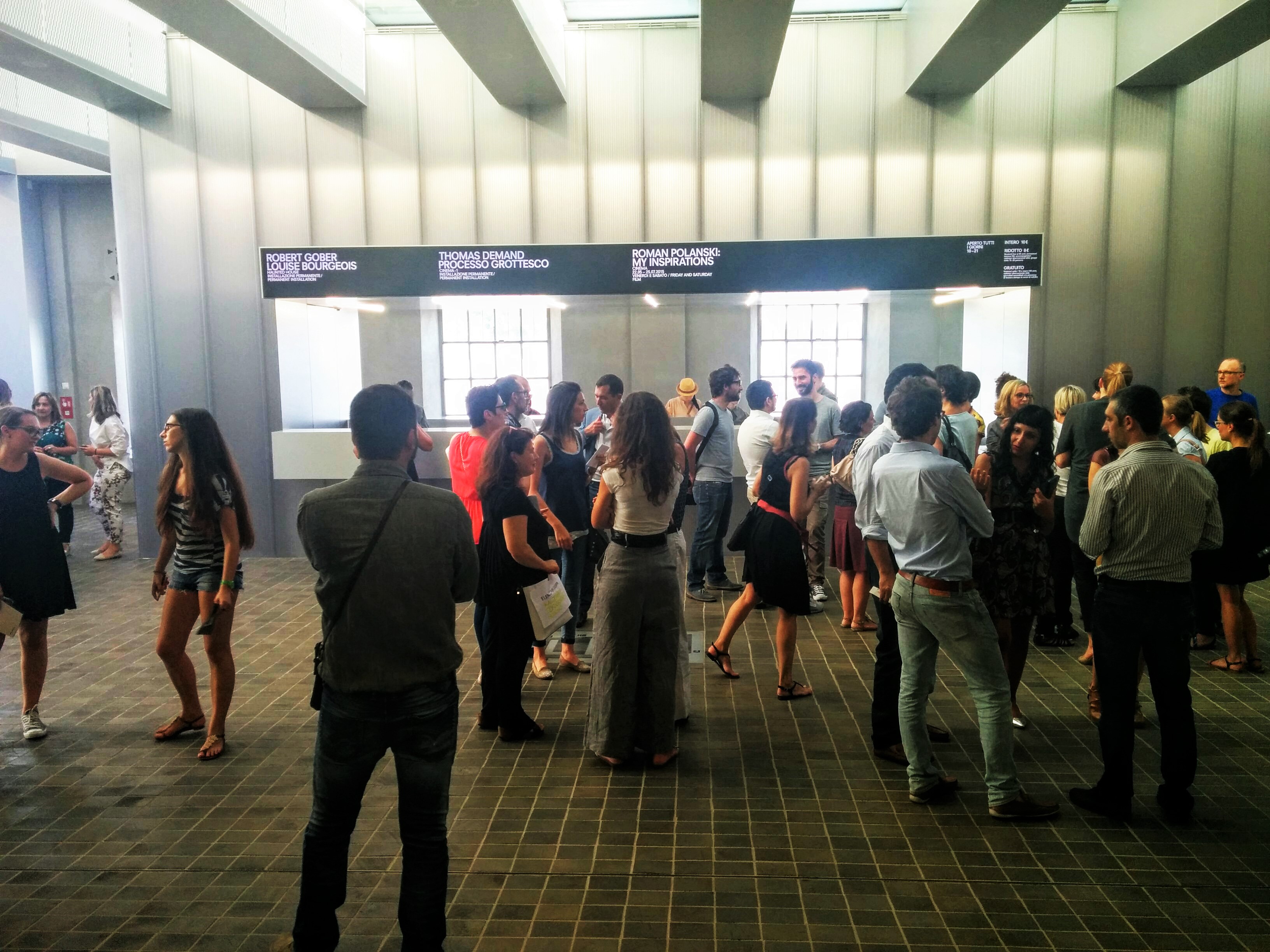
My visit dates back to July 2015. At that time the main exhibition hosted in the Podium building was dedicated to Serial Classic .
Co-curated by Salvatore Settis and Anna Anguissola exhibition ‘Serial Classic’ focuses on classical sculpture and explores the ambivalent relationship between originality and imitation in Roman culture and its insistence on the circulation of multiples as an homage to Greek art.
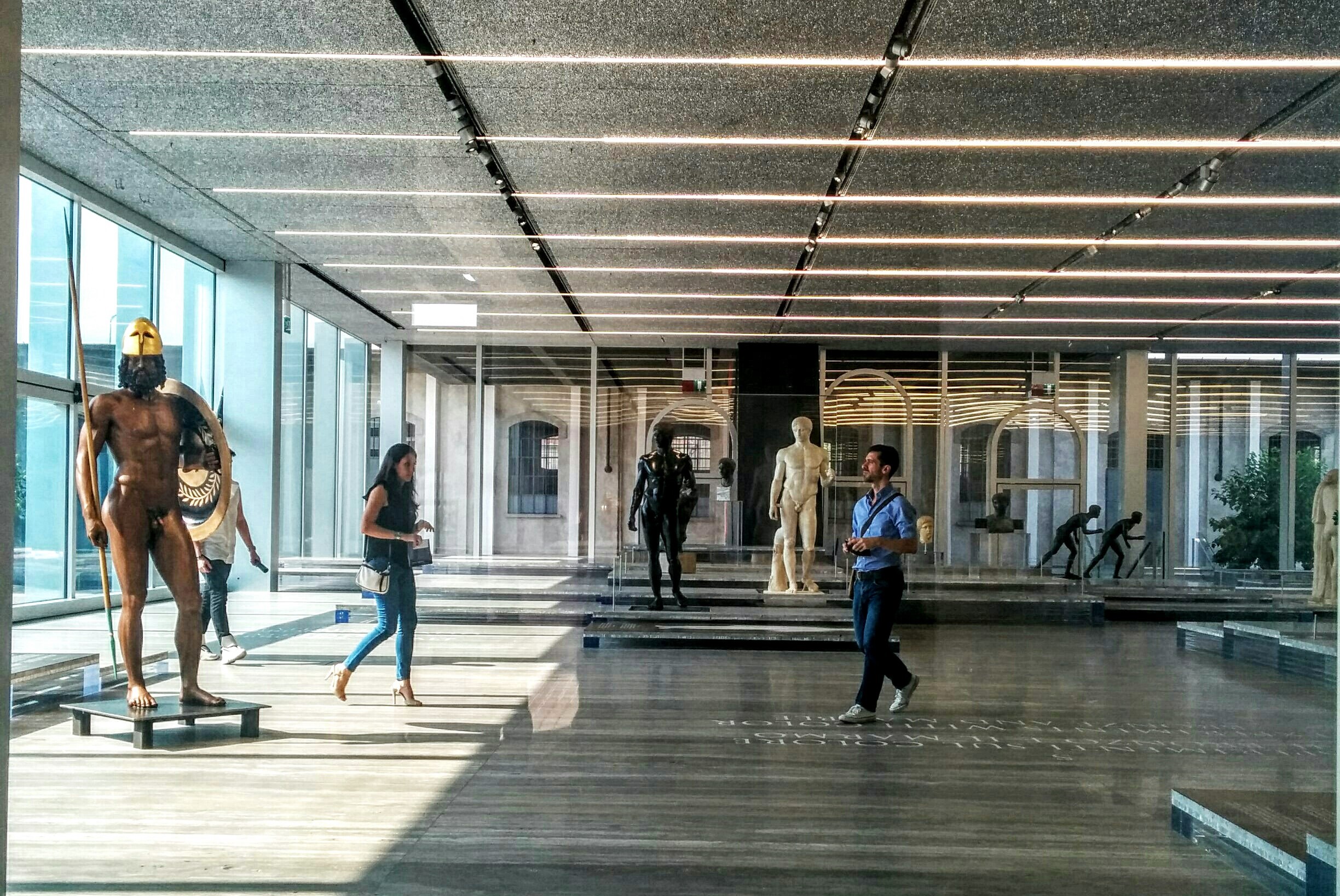

The exhibition was very specific, but also enjoyable for those who are less familiar with classic art. Exhibition design was also very remarkable, original and precious, but not at all disturbing or too prominent.



A group of visitors entering the 24-carats gold plated Haunted house, hosting works by Robert Gober, Louise Bourgeois and others on its four levels plus roof terrace. 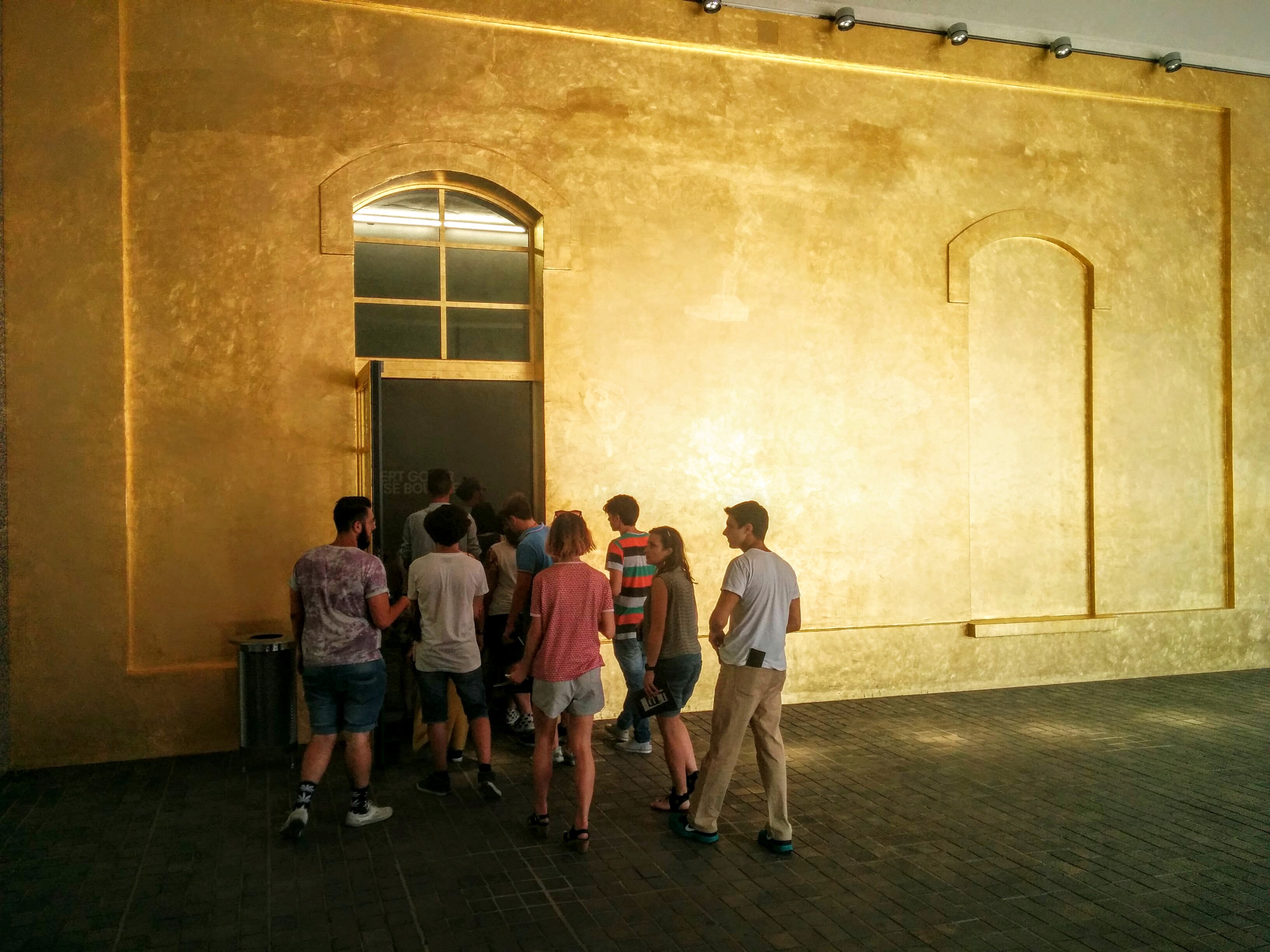

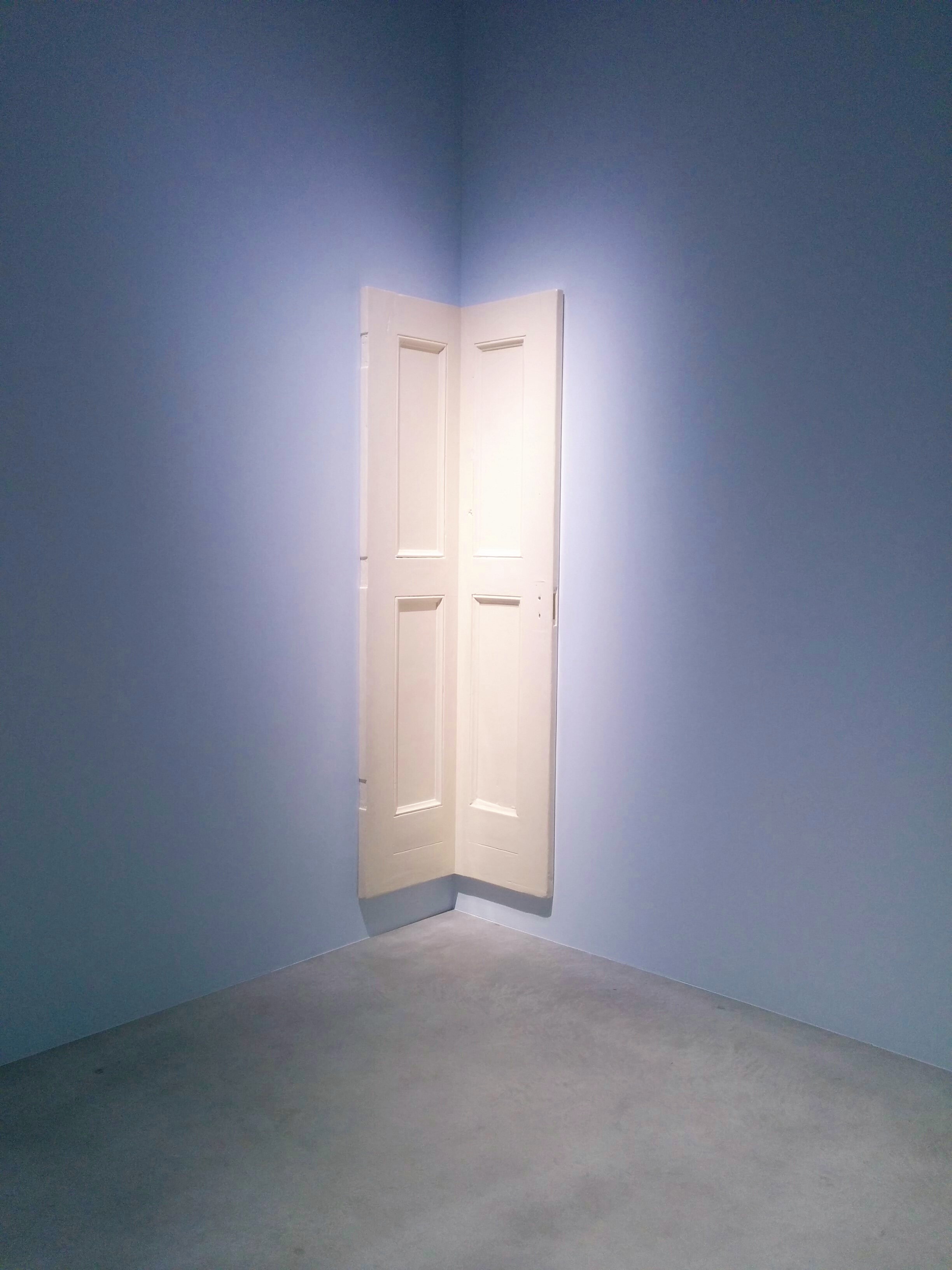

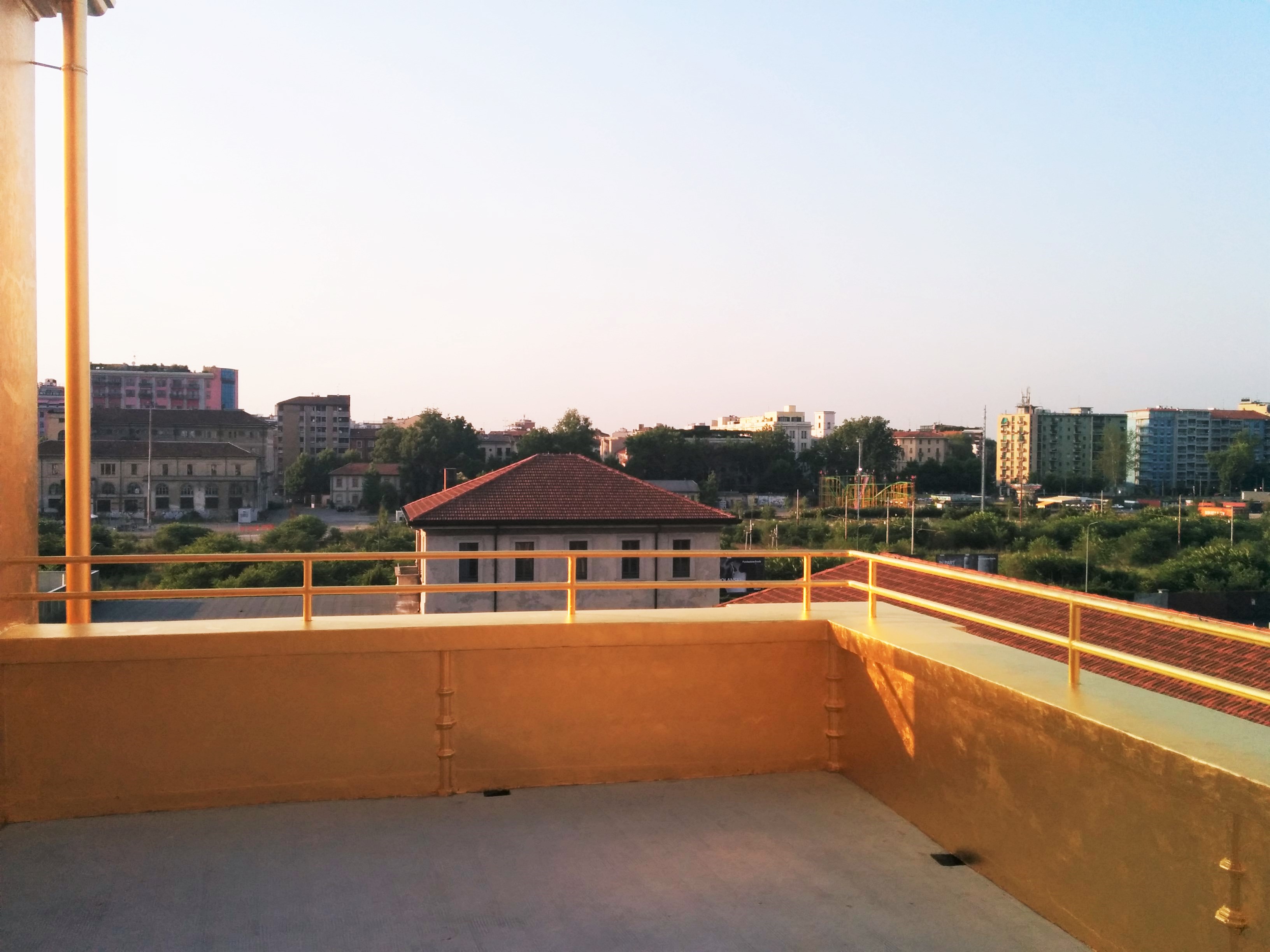

The apparently flat and factory like fassade above is cladded with spectacular aluminium foam panels, another great surprise. 

The building called Cisterna hosted a cryptic triptyc of cubic artworks. Here above Eva Hesse’s Case II, 1968; below Pino Pascali’s 1 metro cubo di terra, 1967.


But the most unaccessible artwork, and therefore probably the main attraction, was Damien Hirst Lost Love, 2000, a cubic acqurium with tropical fishes swimming around a gynecological bed and a woman’s clothes and personal belongings. 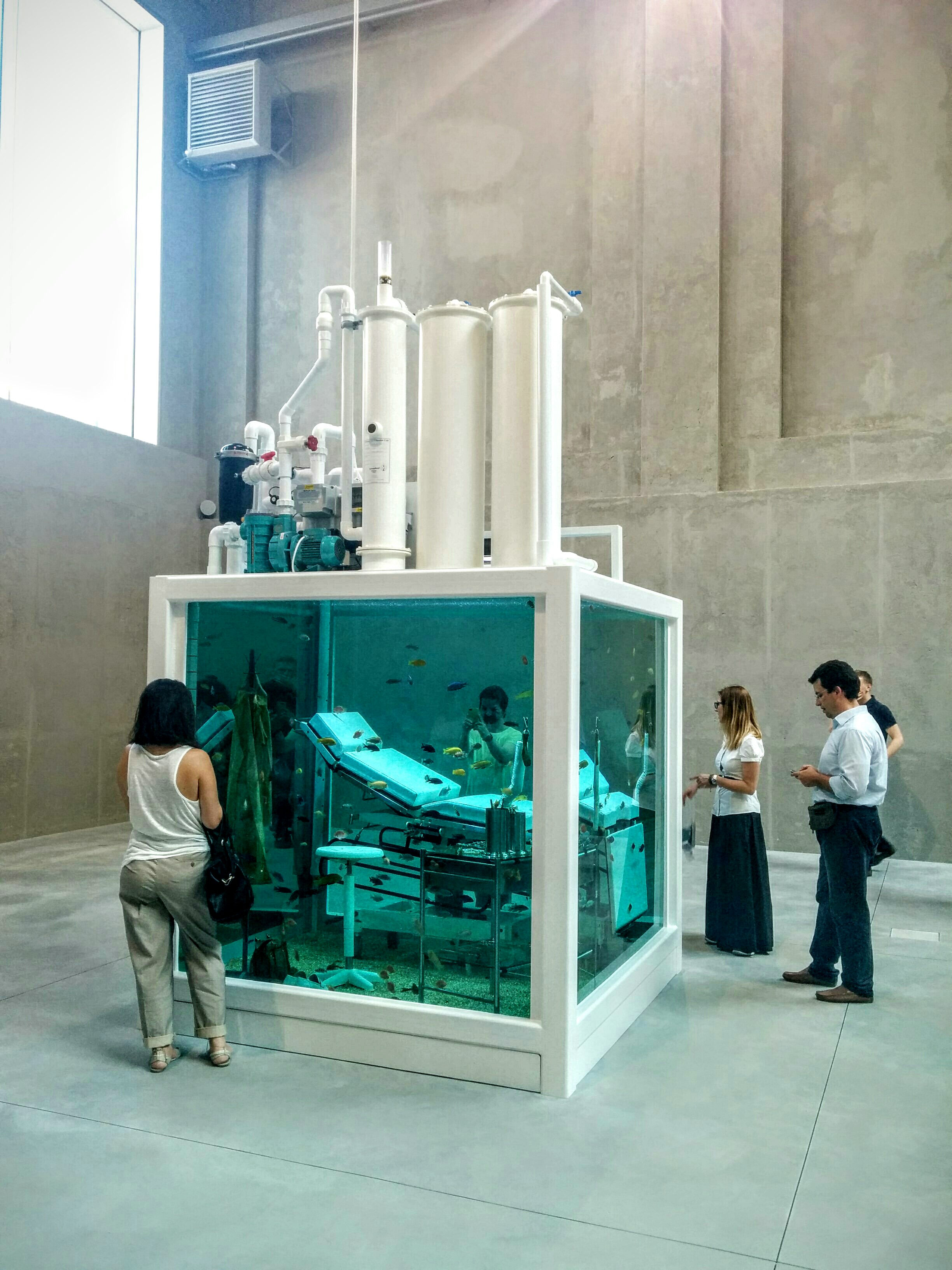
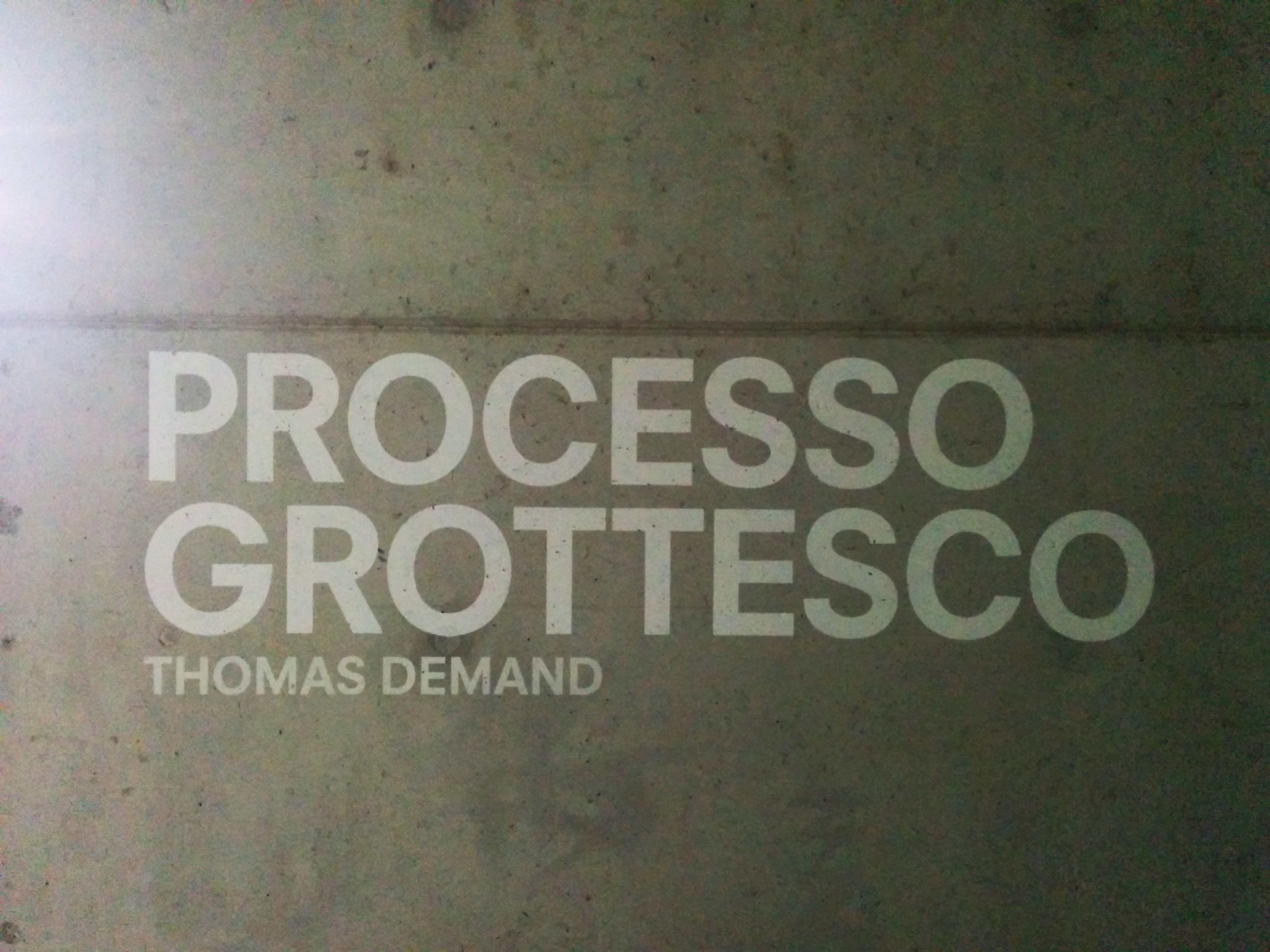
I liked very much this one from Thomas Demand, building a perfectly fake karst cave and taking perfect pictures of it, doing with nature what Jeff Wall does with humans. 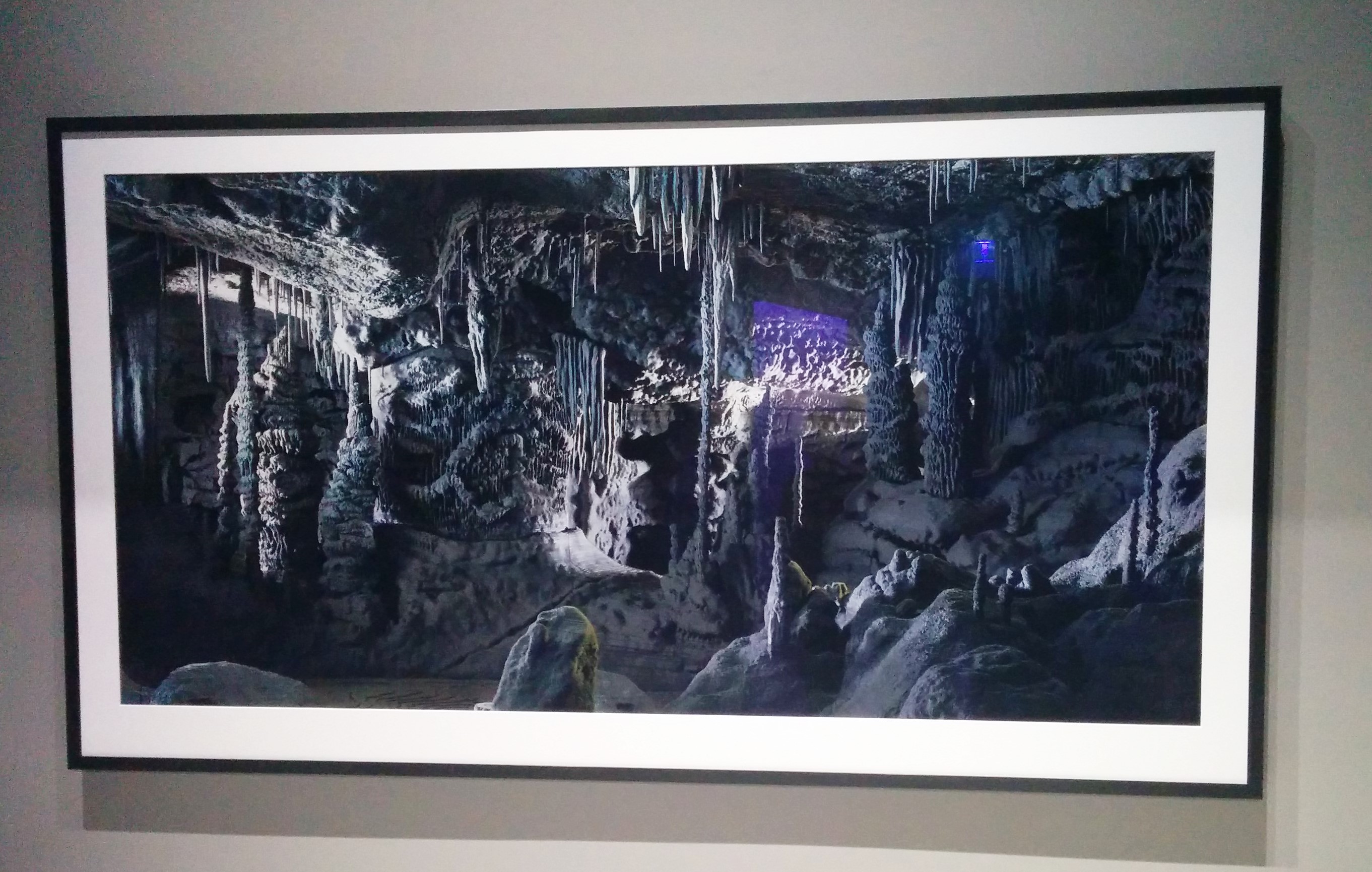

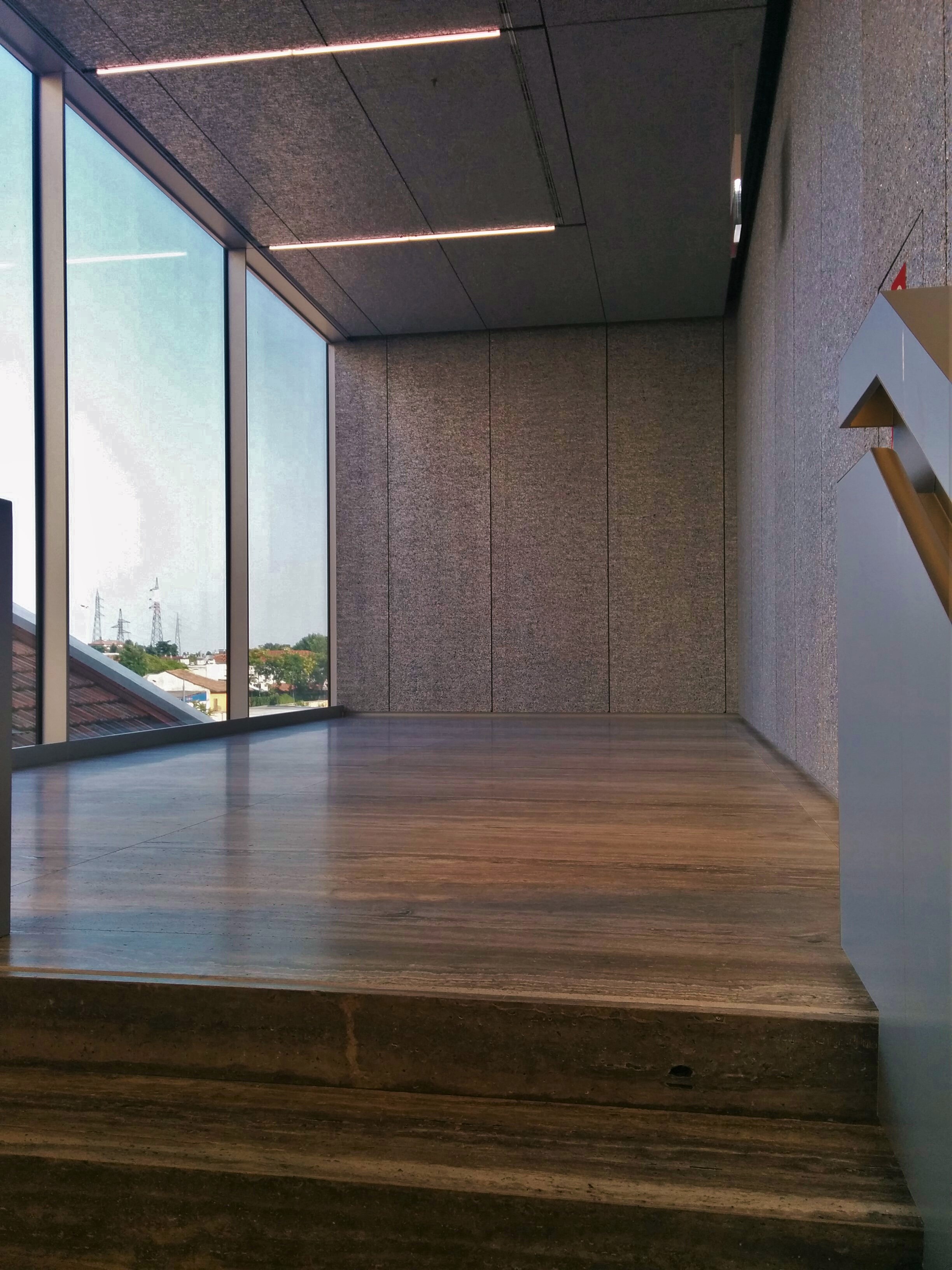

Prada is very attentive to Cinema as a work of art and during the vist of the exhibitions you can schedule the view of one of the movies of the day. This beautiful theather was opened by a retrospective on Roman Polansky.

A bar could not be missing on the complex, Bar Luce designed by Wes Anderson. 

Goodbye Prada Foundation and thanks to this a private and profit oriented company for providing all who are interested in cutting edge cultural events, revitalising the periphery and reviving old abandoned buildings with first class architecture.
Fondazione Prada /Milano #1

This is a first class architectural artwork. Even gorgeous photographs like the ones by Bas Princen – Courtesy of Fondazione Prada – are just a pale reflection of the overwelming conceptual beauty of this building complex. Sara Panagiotopoulou reviews the project on Yatzer in conversation with lead architect Federico Pompignoli. Good stuff! Other inspired reads on this projects on Domus, Wallpaper, Dezeen, Archdaily, NZZ, The Telegraph and The Guardian.
Dating back to the 1910s, this former distillery complex has been transformed—led by OMA’s partners, Rem Koolhaas and Chris Van Duijn and Project Leader, Federico Pompignoli—who expertly and inventively combined seven pre-existing buildings with three new structures: the partially sunken, mirror-clad Cinema; the Podium, a gallery for hosting temporary exhibitions which was constructed around the 24 karat gold-leafed, Haunted House; and the Tower (still under construction). Perhaps an ode to the playful theatricality that Prada is known for, one of the pre-existing buildings also houses the Bar Luce, a mid-century inspired Milanese café which was designed by celebrated film director and writer, Wes Anderson, and has been likened to a set from one of his iconic movies. The combination of the above has resulted in a reinvented campus that envelops its visitors and has taken the skill of displaying art to a whole new level.
What a beautiful Artotheque!

I hadn’t realised that the Belgian city of Mons was European Capital of Culture in 2015 – together with Pilsen in Czech Republic – until my friend Eugen told me last time we met in Brussels.
Despite the typical Belgian weather we went for a quick city tour starting from the train station, featuring an unfinished ruinous Calatrava project next to a free standing piece by Libeskind.
We enjoyed the first one as a paradigm of useless architecture (nothing against Calatrava) and happily disregarded Libeskind’s Congress Centre heading to the historical centre.
Climbing up the hill that eventually gives the name to town we soon arrive to the main church, the La Collégiale Sainte Waudru, an unfriendly fortress from the outside, very luminous and nice inside, available for a virtual visit on google street view.
Nearby the Cathedral our first destination: the Artotheque Mons. Built in the old chapel of the Ursulines convent, this is a haven of conservation of Mons’ heritage, home for the works of art and activities that accompany them. It is simultaneously a centre for storage, research, restoration and study of this heritage by gathering within its walls collections which are not permanently exhibited in other museums. This project was jointly funded by European Union, by the Public Service of Wallonia (DGO4 – Heritage) and by the French Community of Belgium.
Among the many challenges of the project by L’Escaut-Gigogne (temporary partnership) was the need to recover the residual historic value of a building which was bombed and damaged by improper use during the XX Century and, at the same time, ensure a fully functional exhibition, art storage and restoration centre.
Very few pieces of art are displayed here in a traditional way. Most of them are stored and all the one referring to the Mons public collections are digitally filed and available for consultation on large touch screens.
True that looking at a painting on a digital screen is normally pointless, this case is very different. The proximity of the work of art and the way they are reproduced in astonishing high resolution allows brings the perception of the work of art to the next level. This is the first time I experienced augmented reality.
This is a place for culture and research, rather than mass tourism, but how refreshing it is to see intelligence and passion at work, even when the subject is highly questionable!
There were not so many people visiting the Artotheke that Sunday and we were so lucky to get a visit to the whole structure, from the exhibition space, to the restoration workshops, technical rooms and roof terrace.
A quick walk to the city centre and main square.
The Passenger installation by Ame Quinze, also famous because of its collapse and re-construction.
At the edge of the city centre another cultural centre legacy of Mons2015, Arsonic by architect Etienne Holoffe. Very promising from the outside, a pity not to have time to enjoy inside.
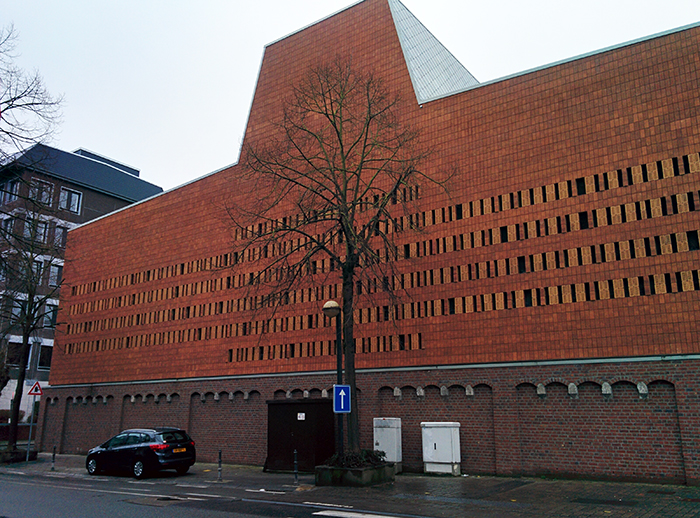 Under the impression of so much culture, good management and forward way of thinking we decided to celebrate enjoying a good Belgian beer at a good old bar Au Bon Vieux Temps, featuring a dry animal-friendly aquarium.
Under the impression of so much culture, good management and forward way of thinking we decided to celebrate enjoying a good Belgian beer at a good old bar Au Bon Vieux Temps, featuring a dry animal-friendly aquarium.
















